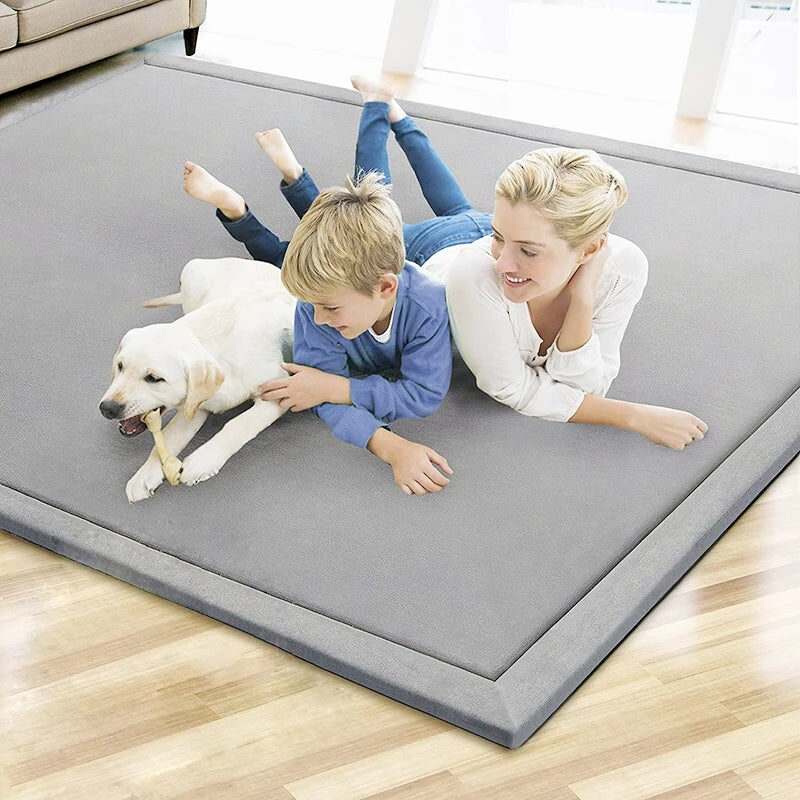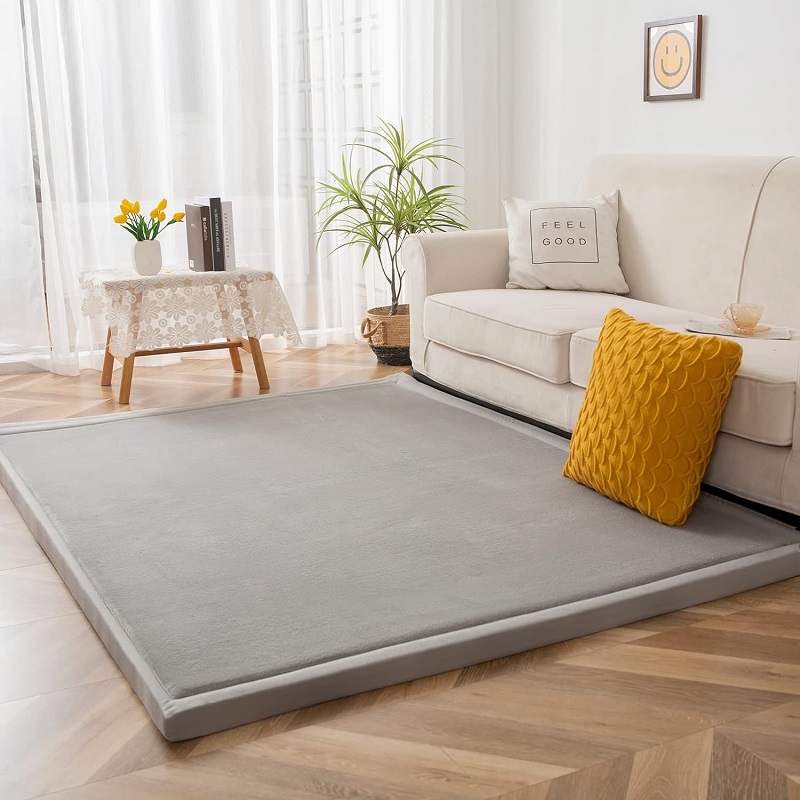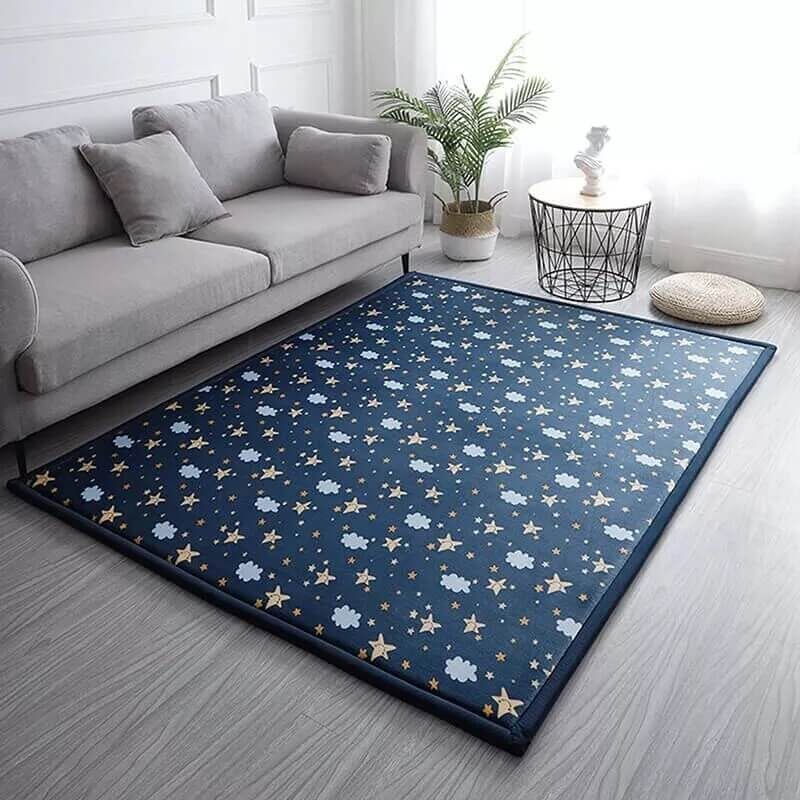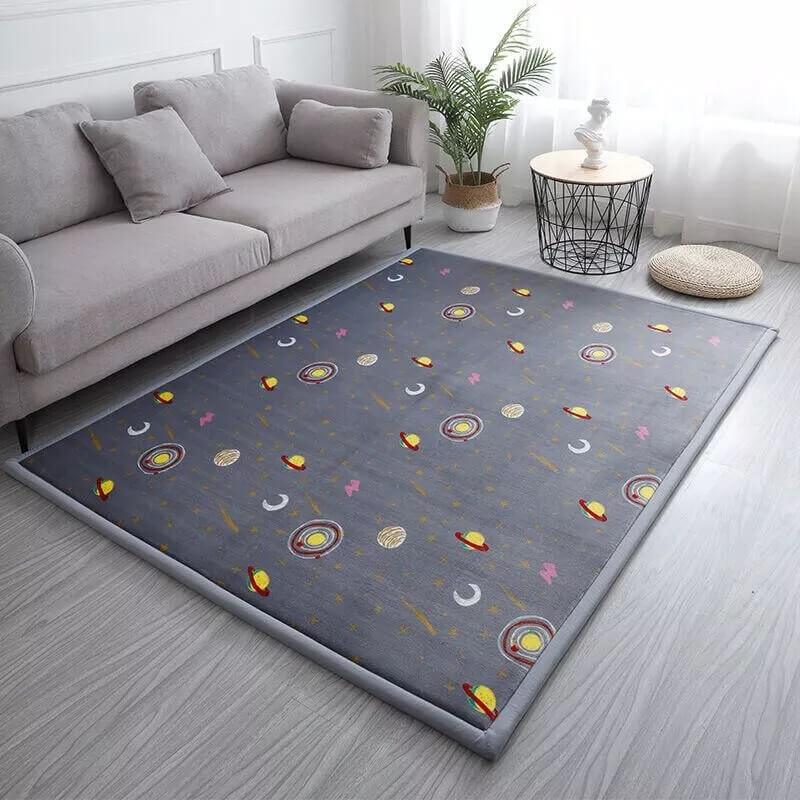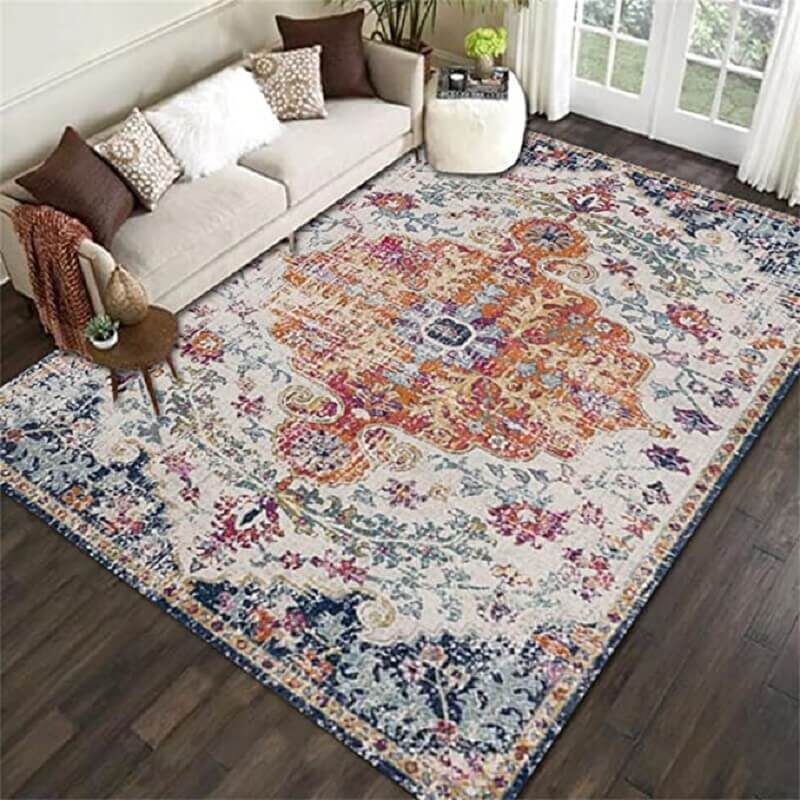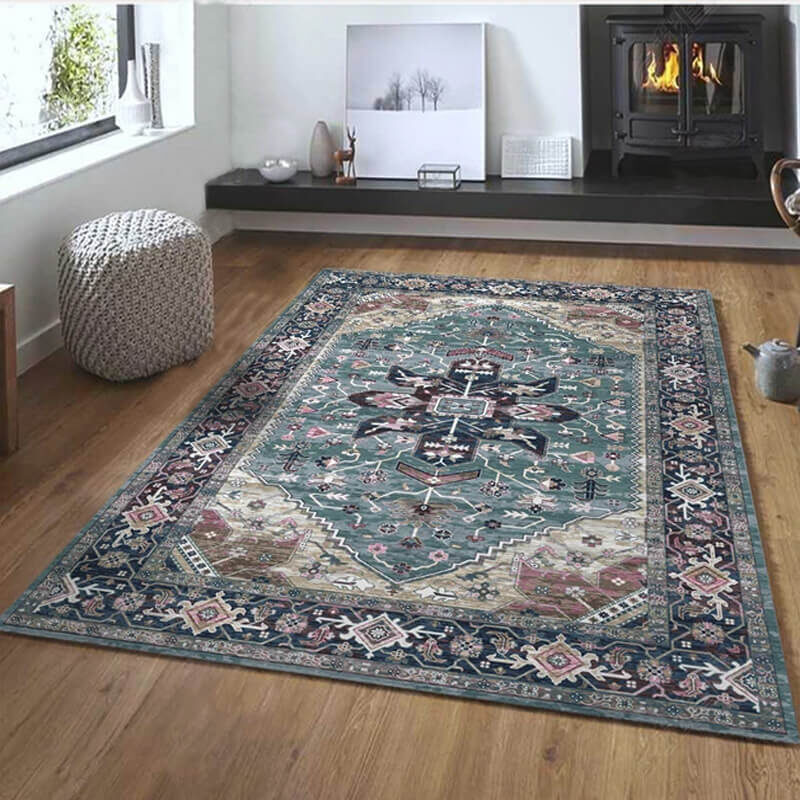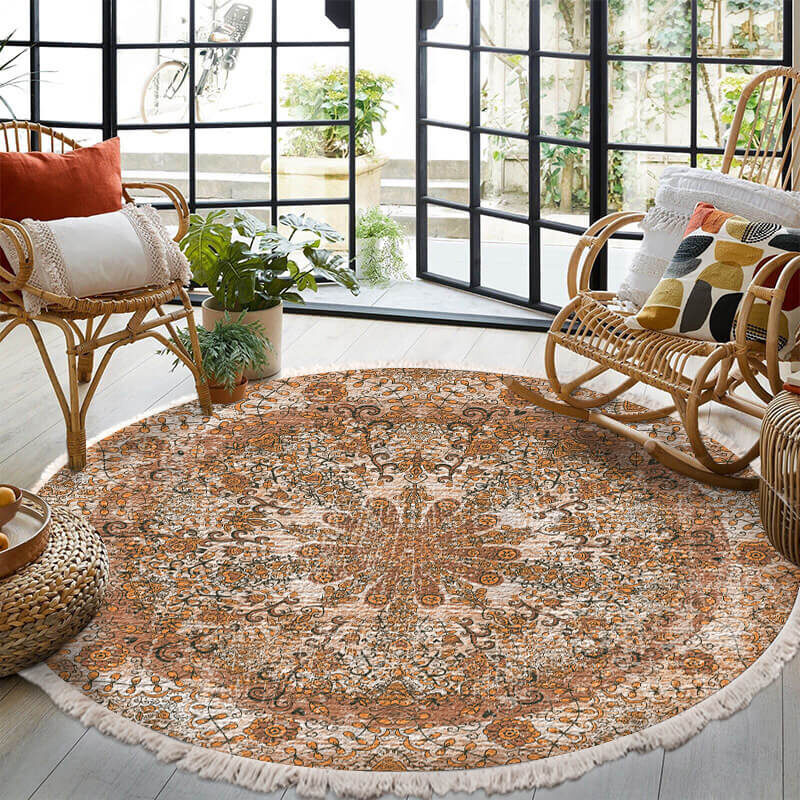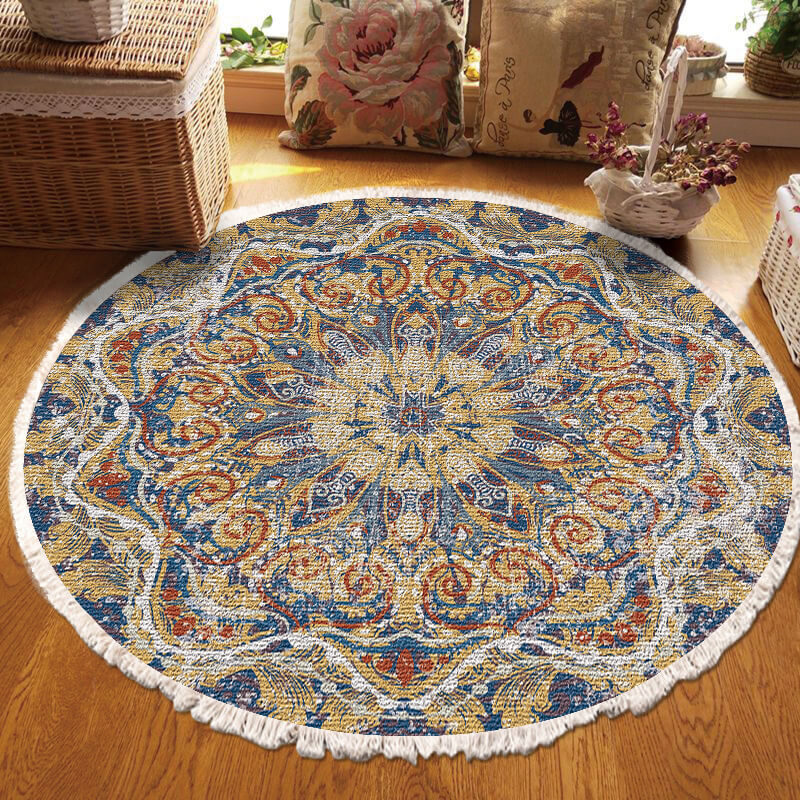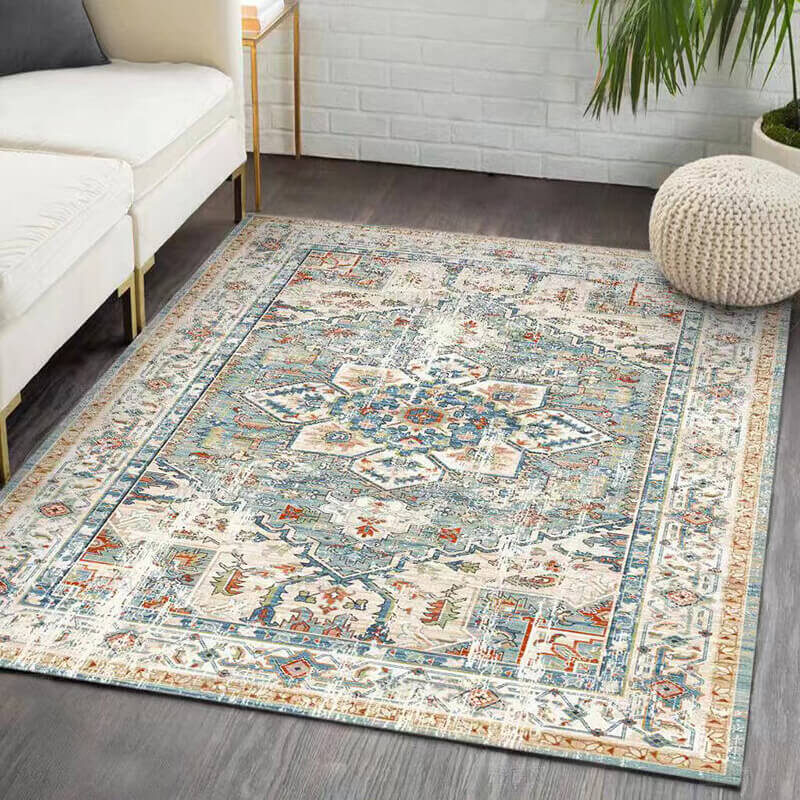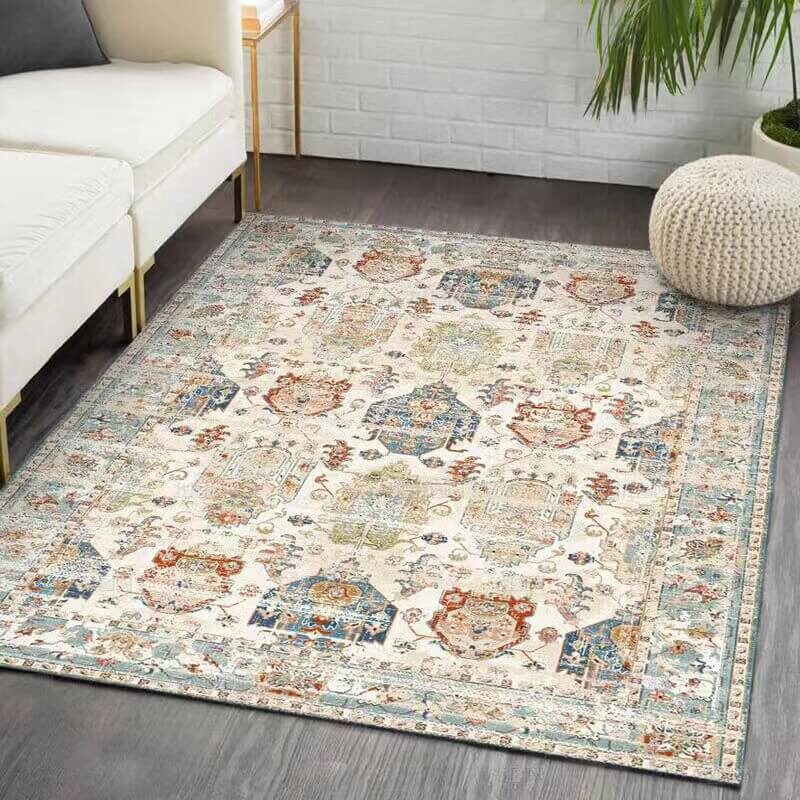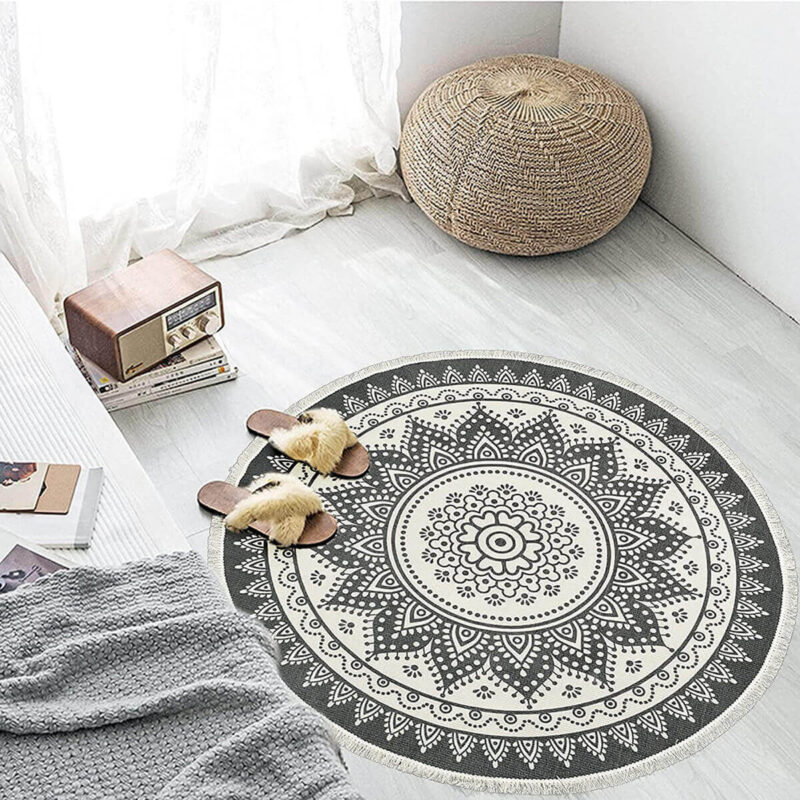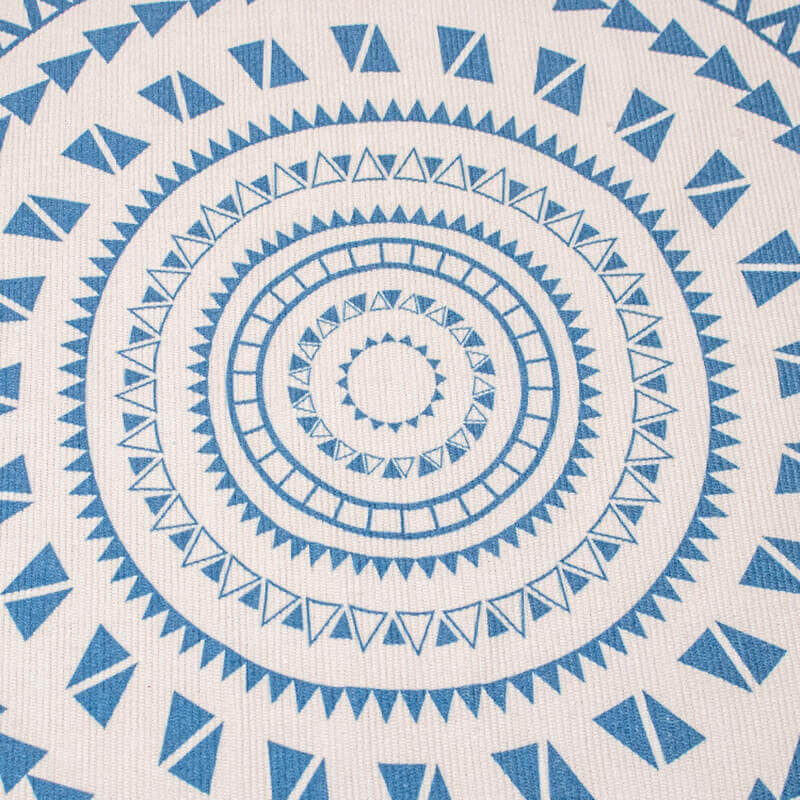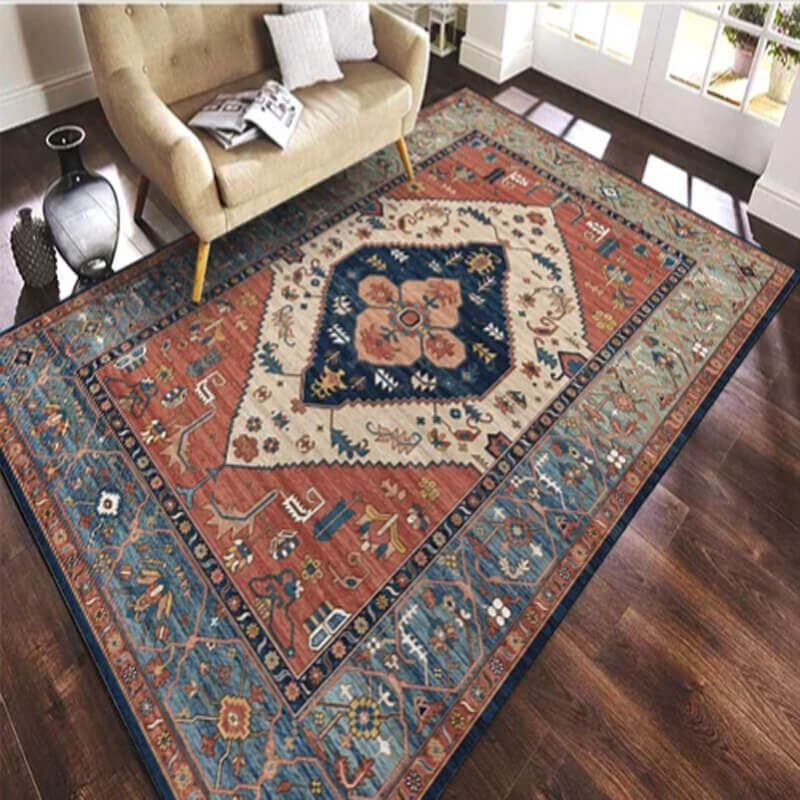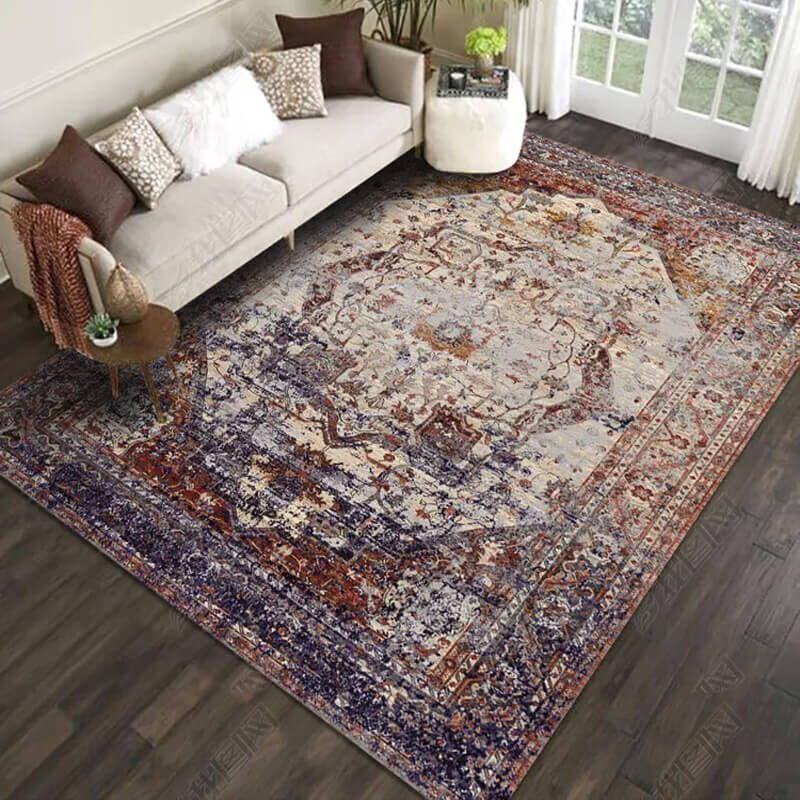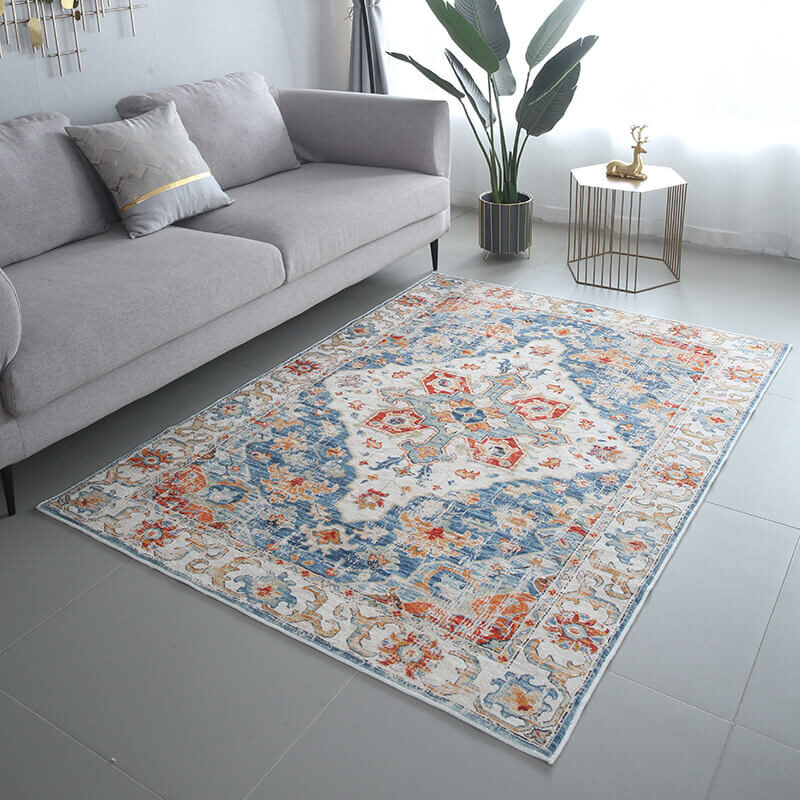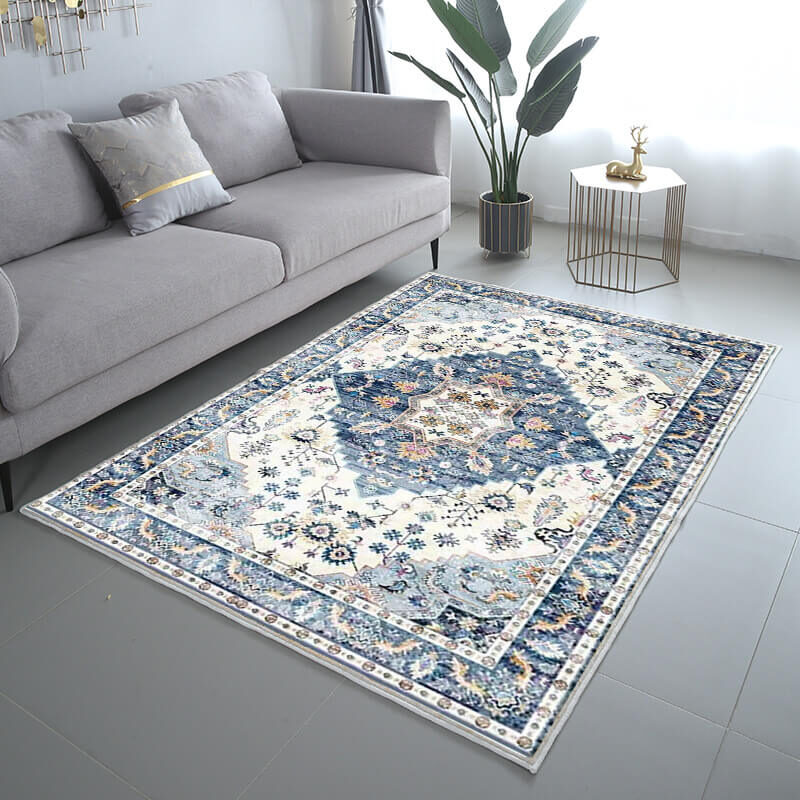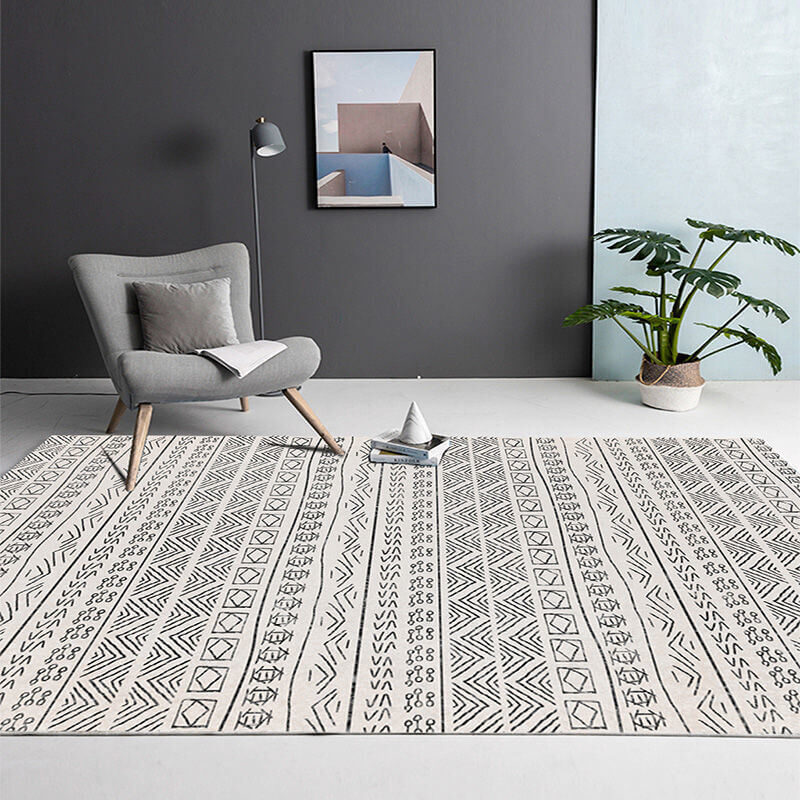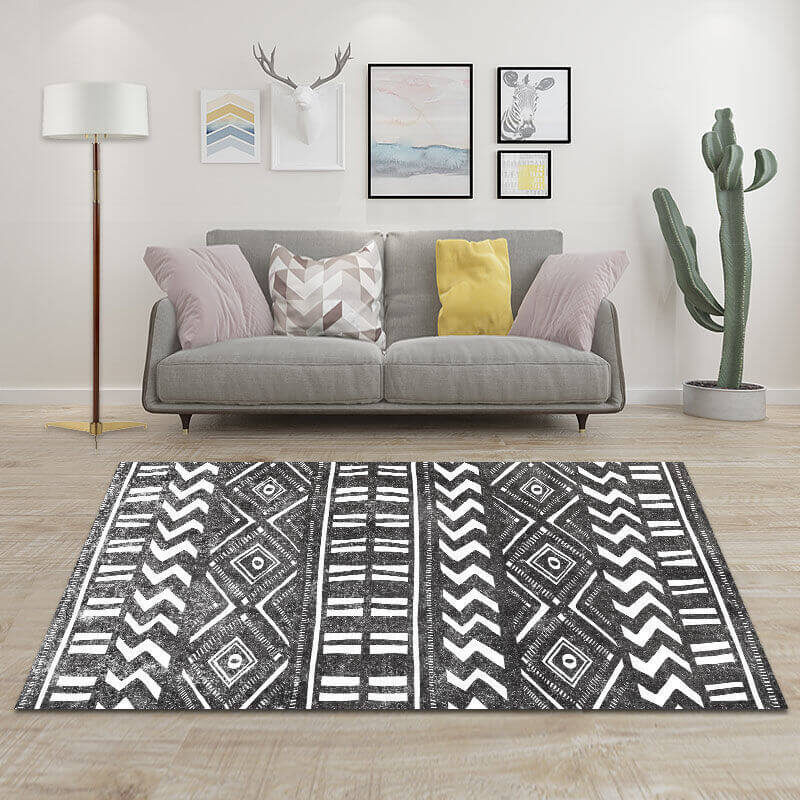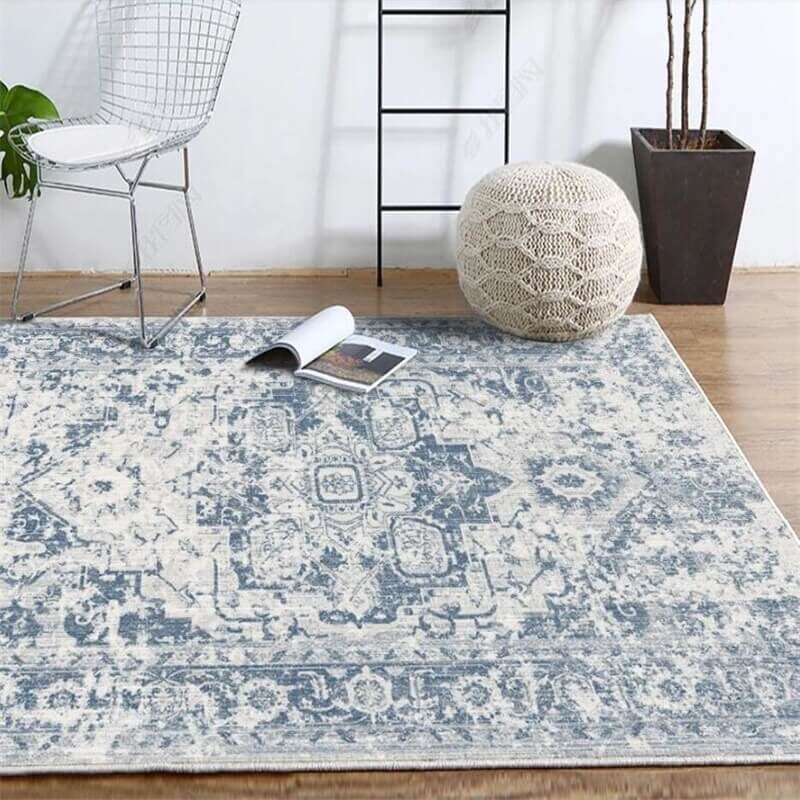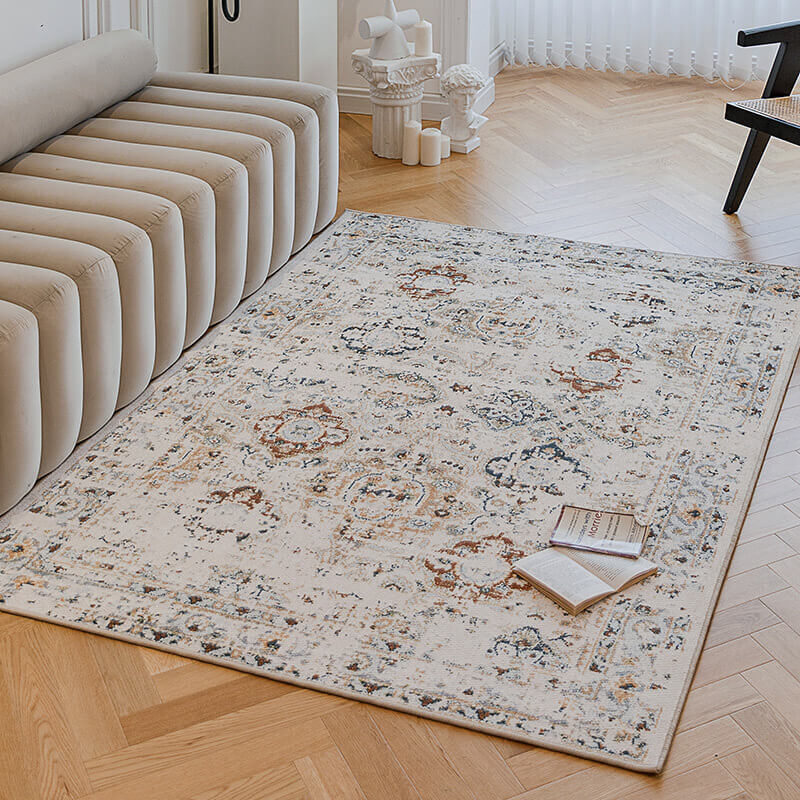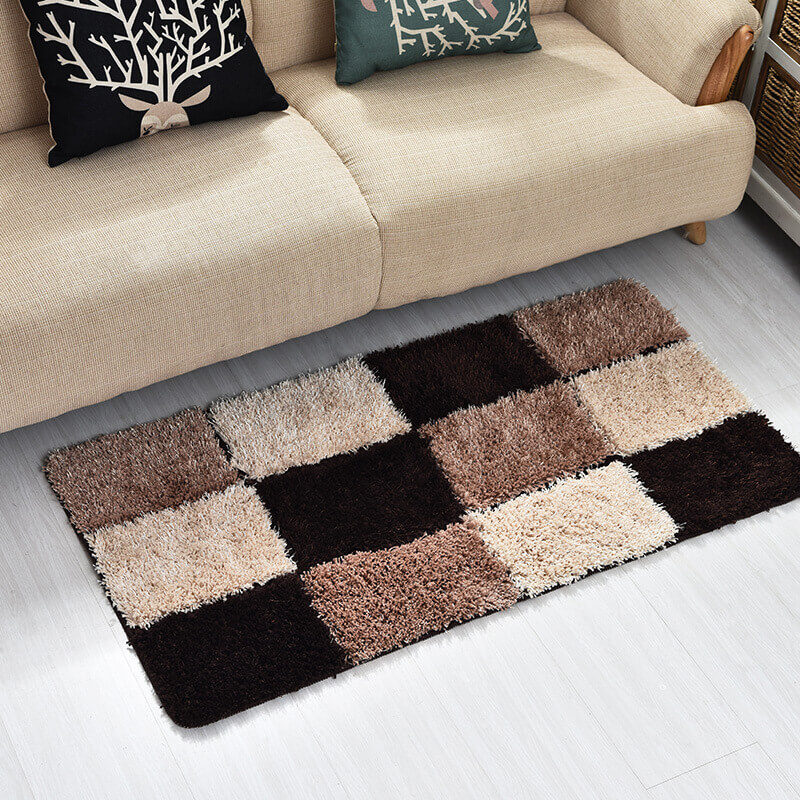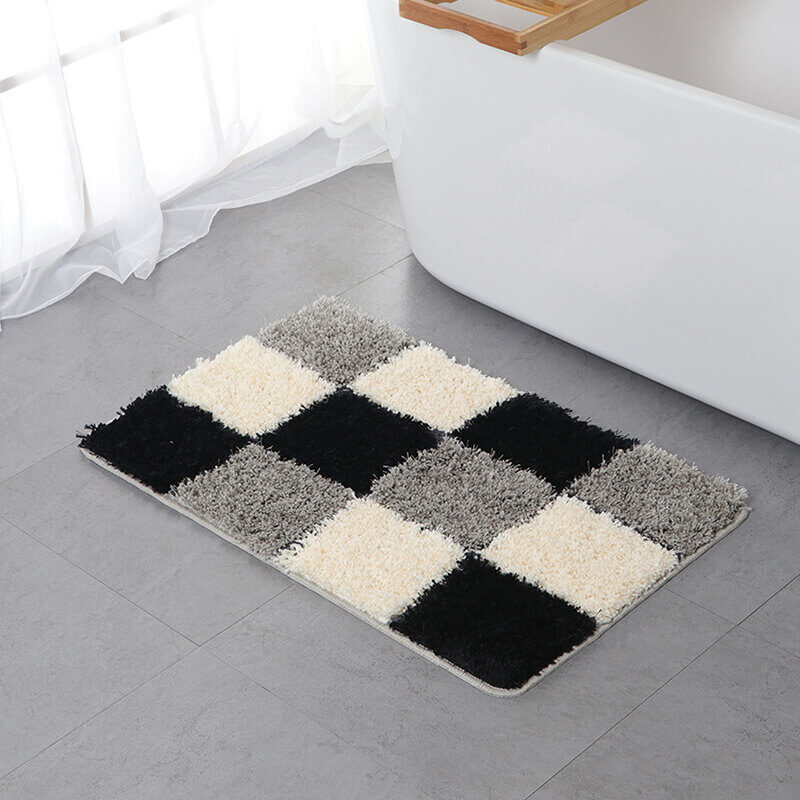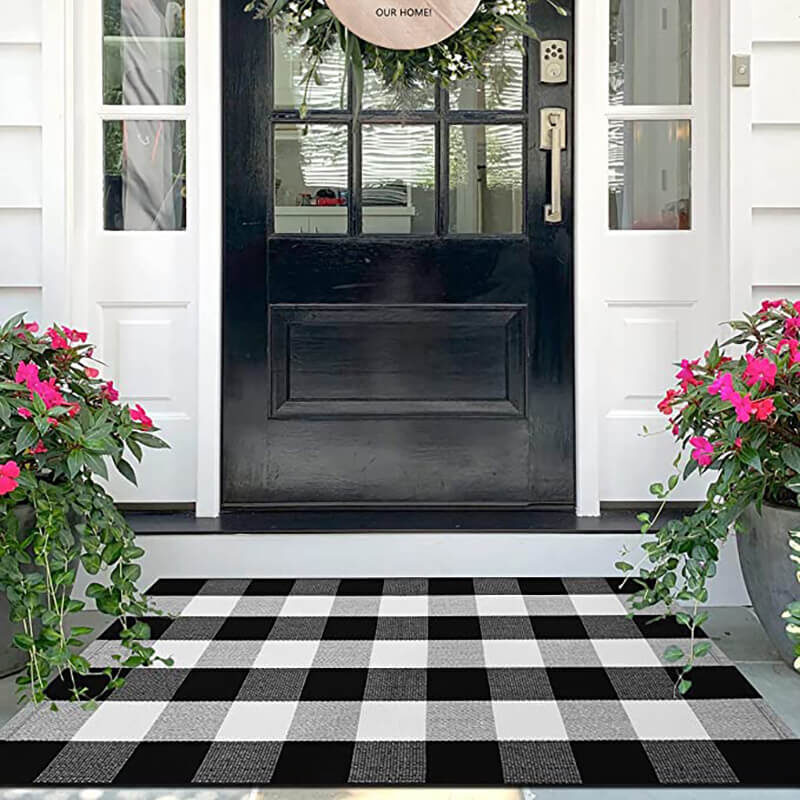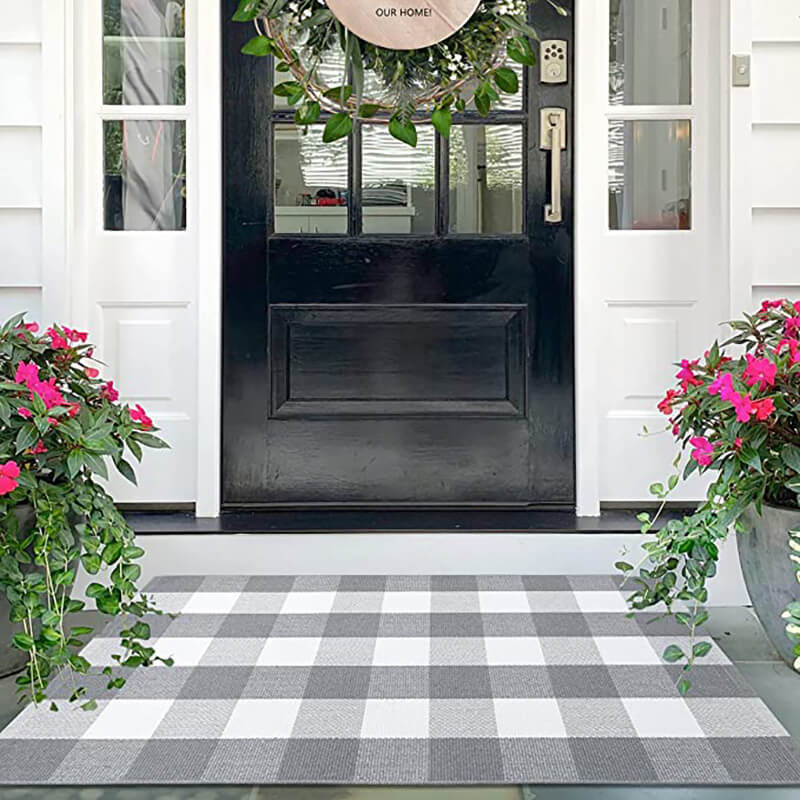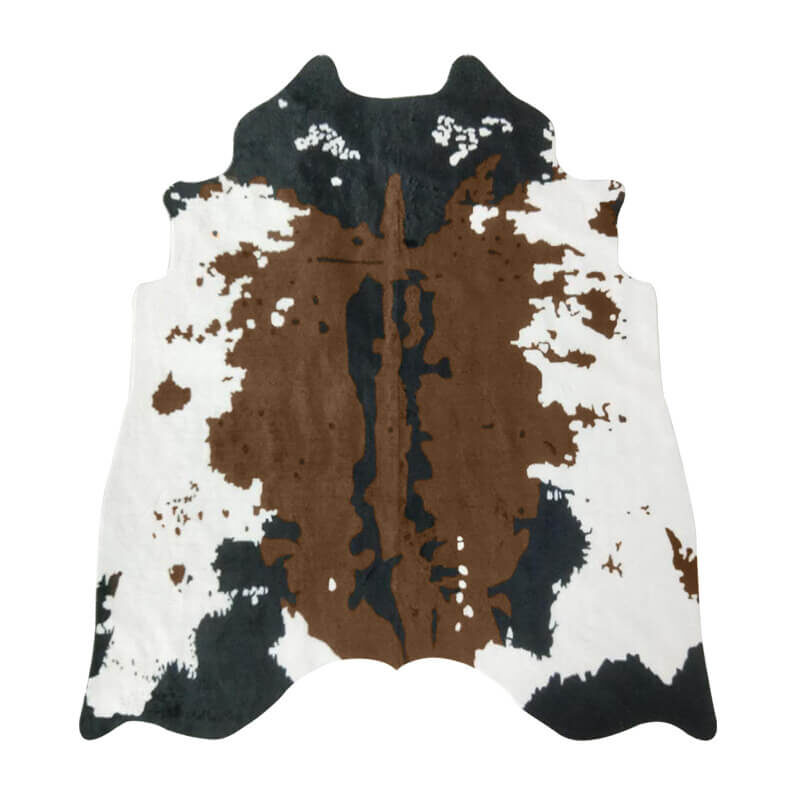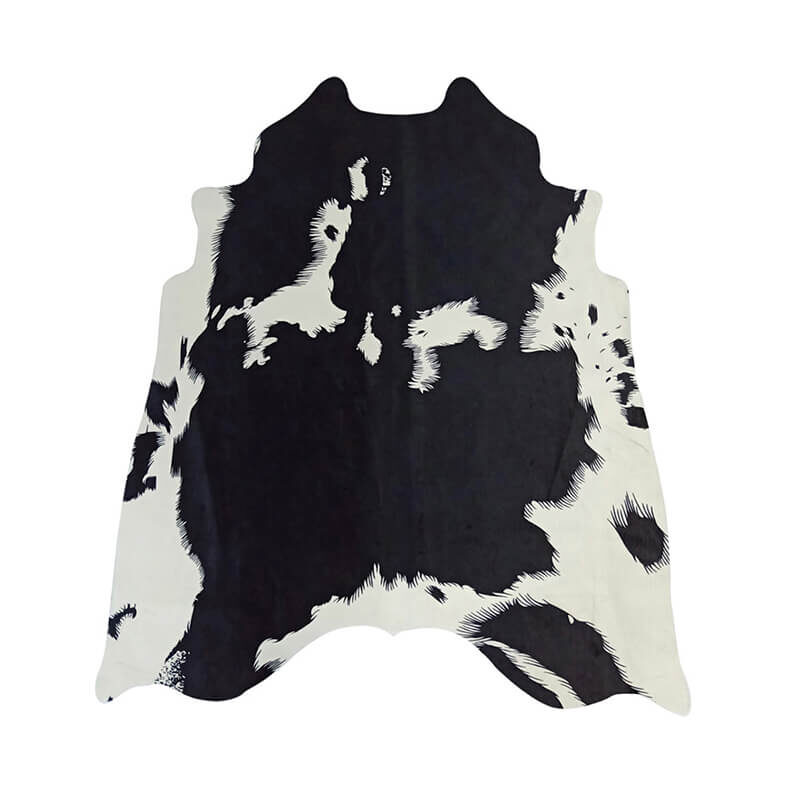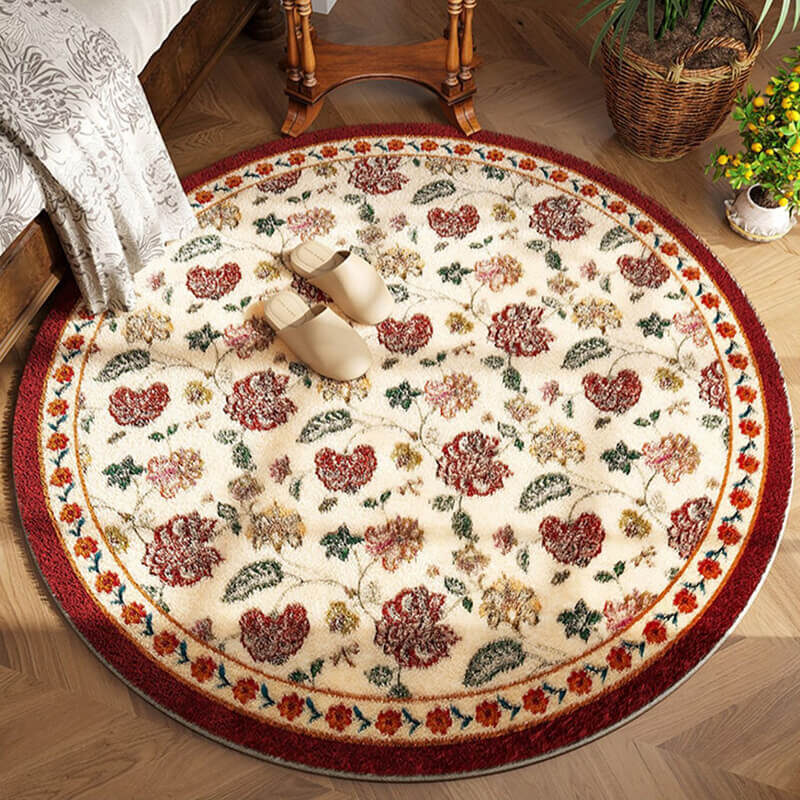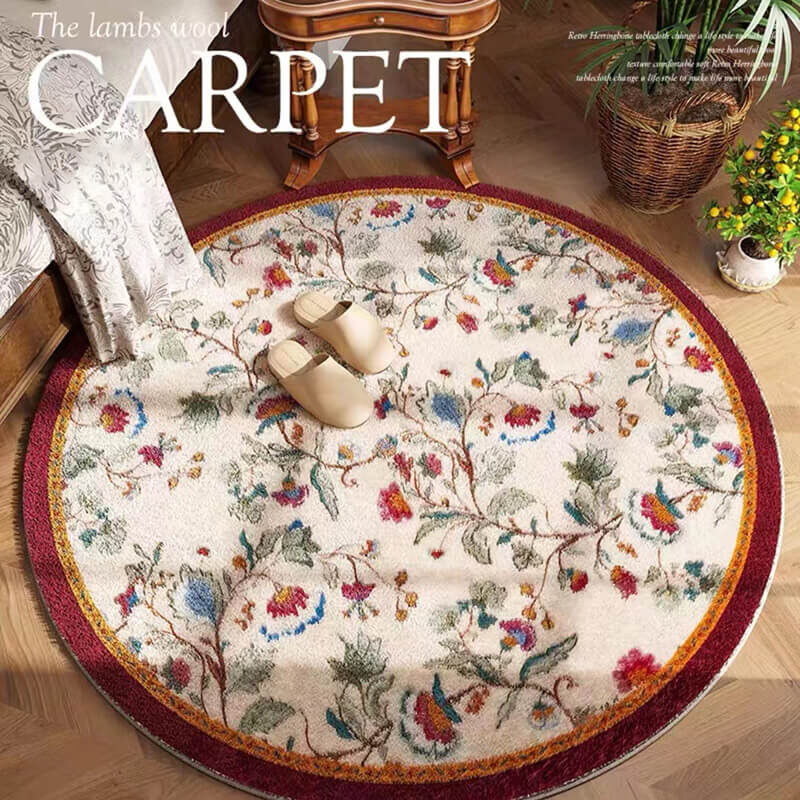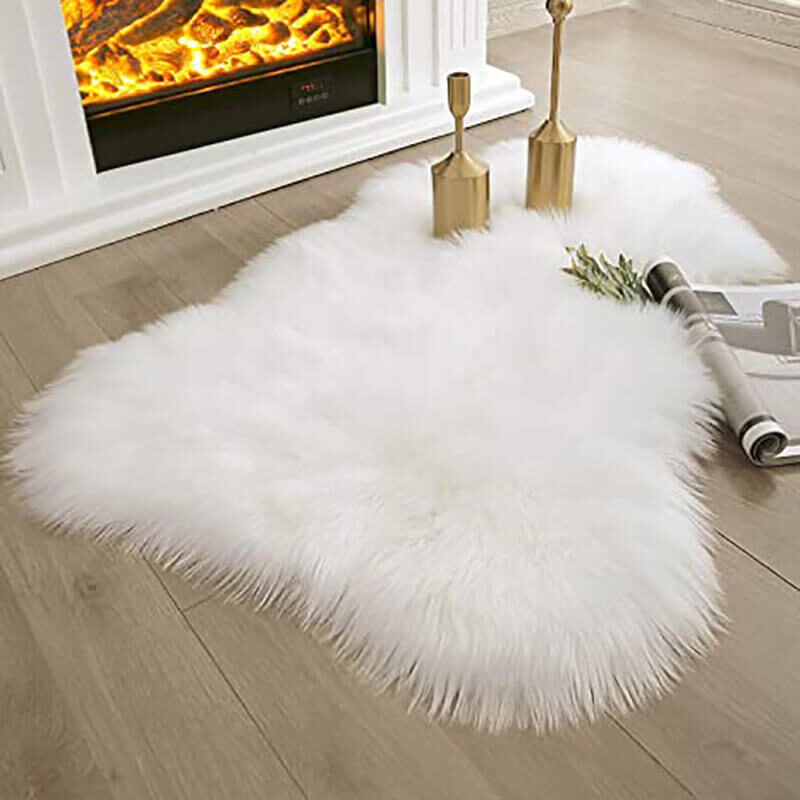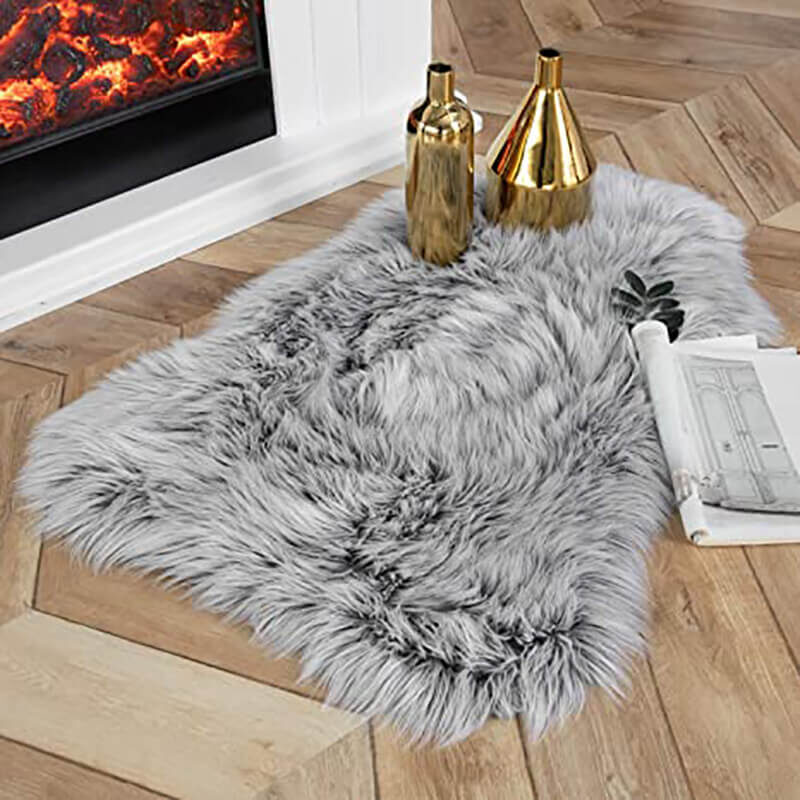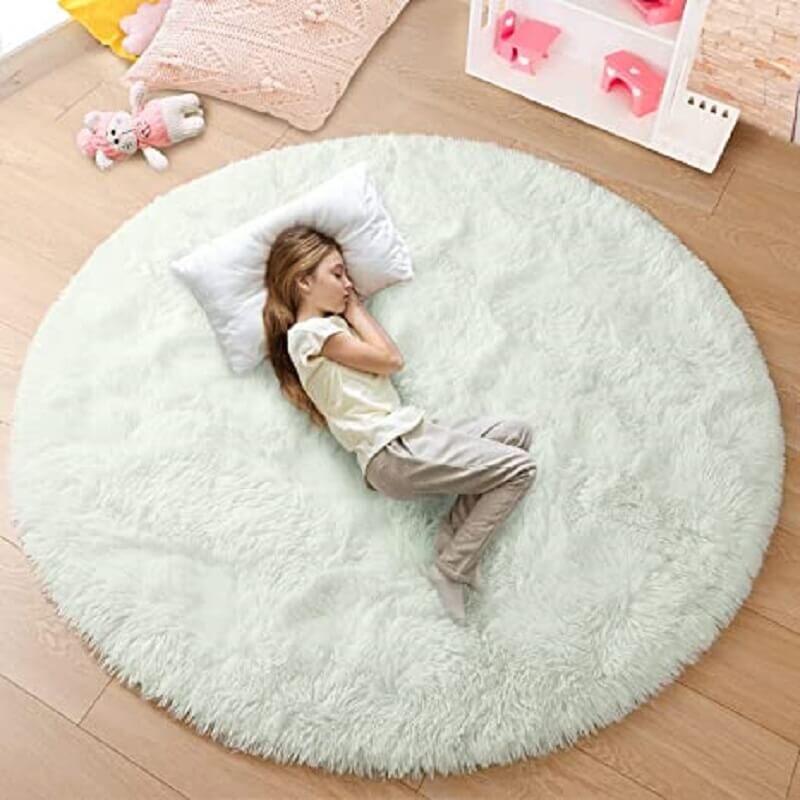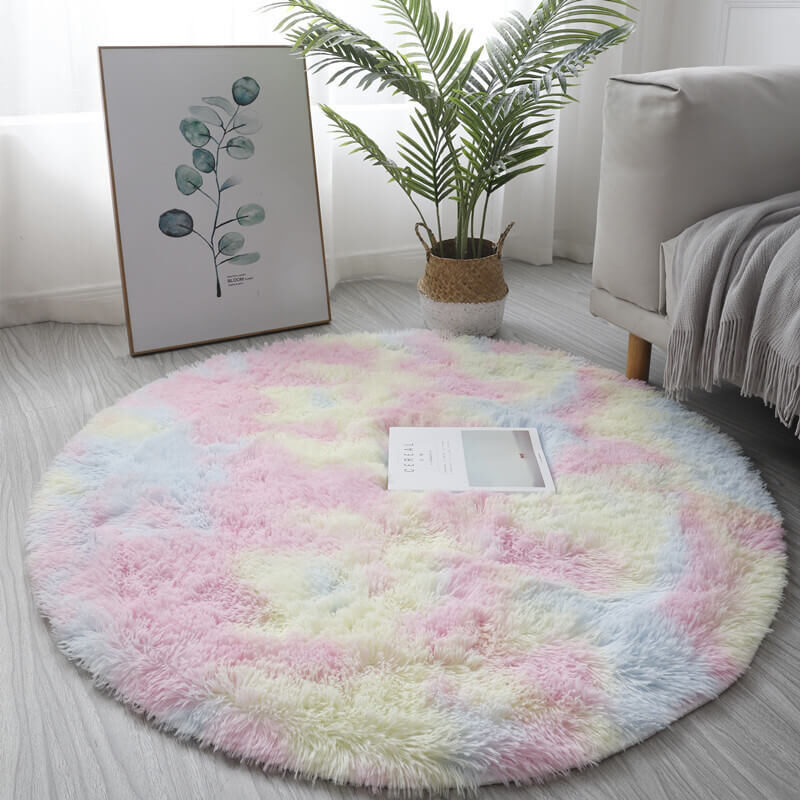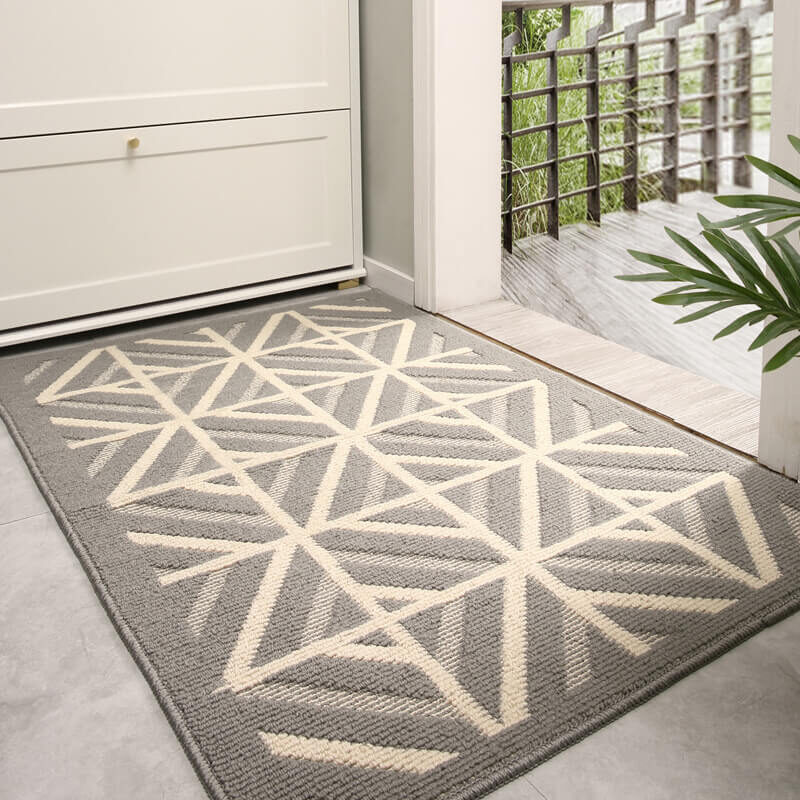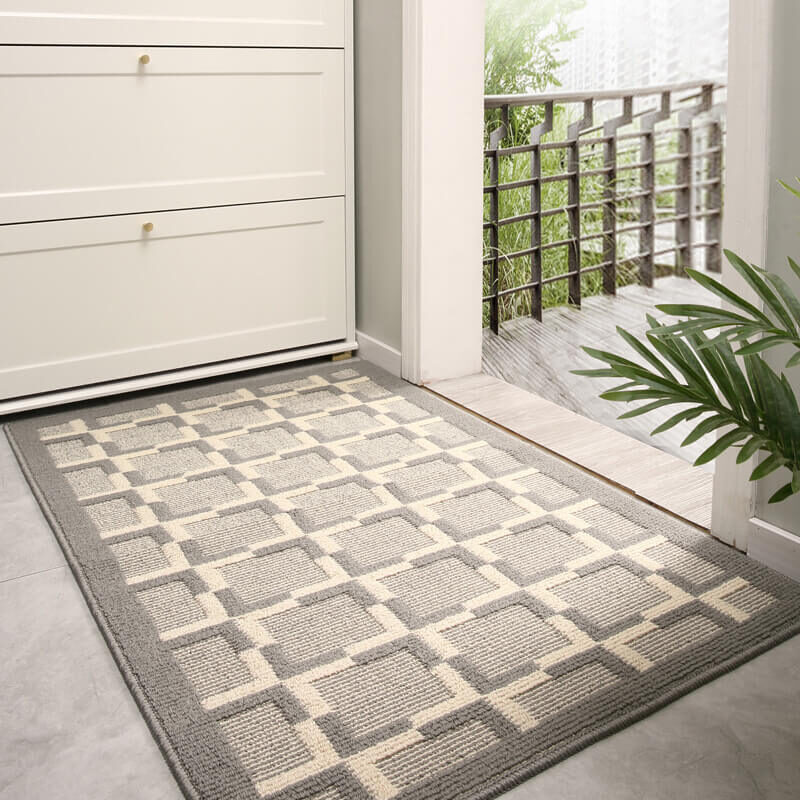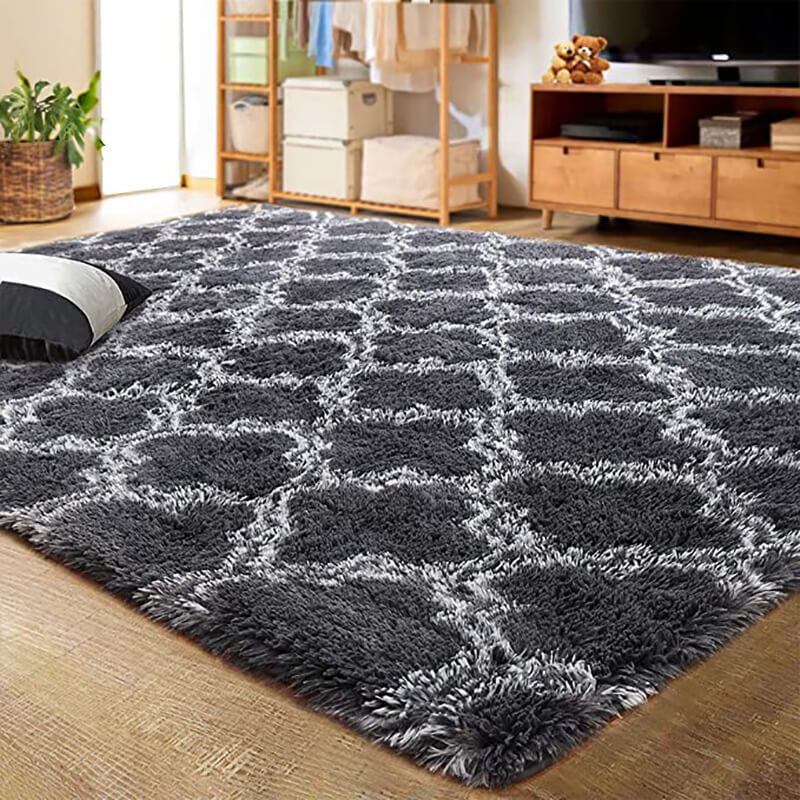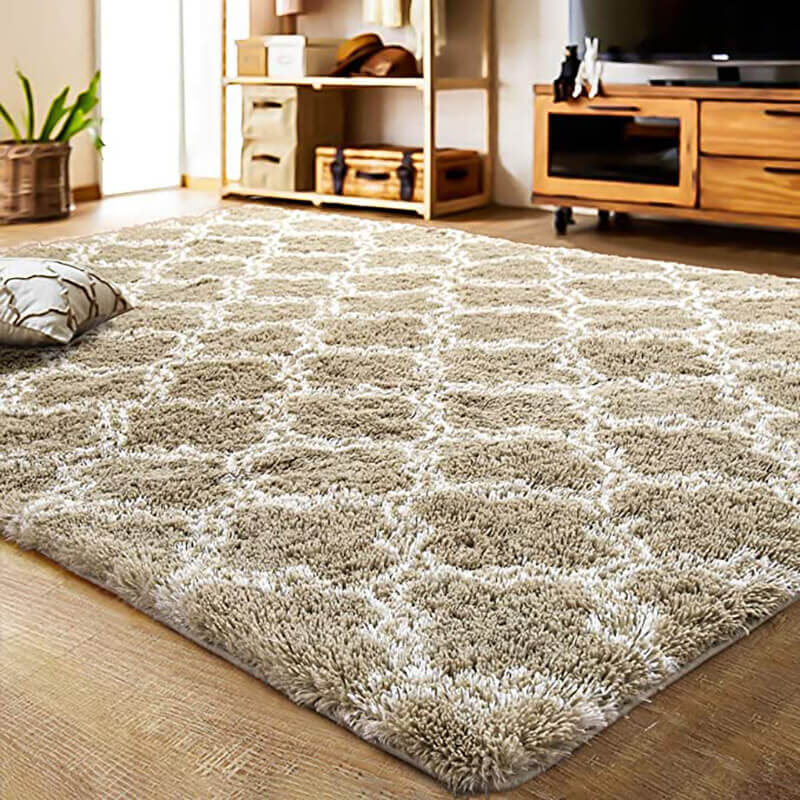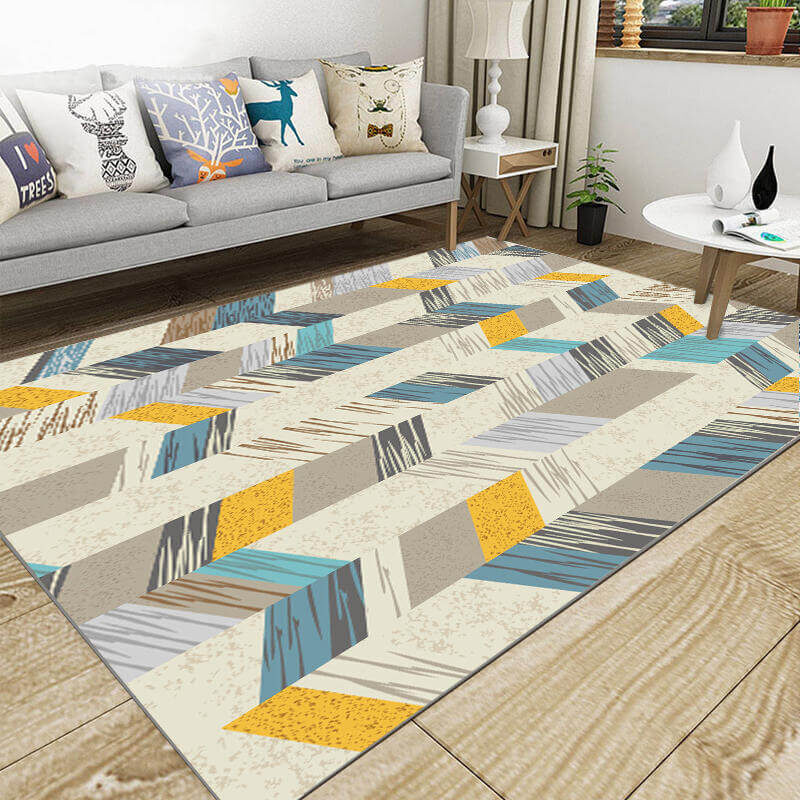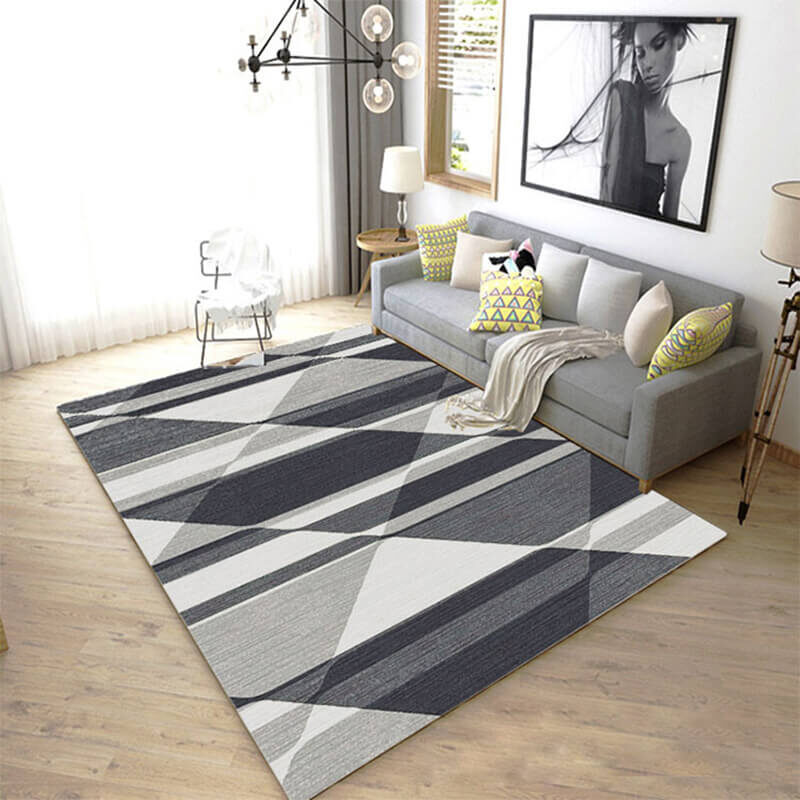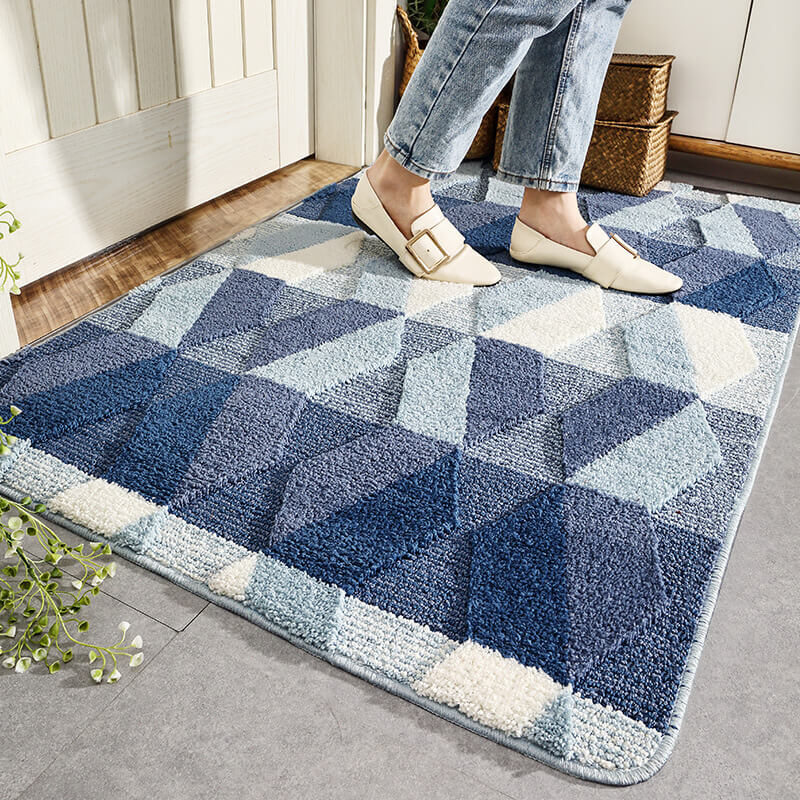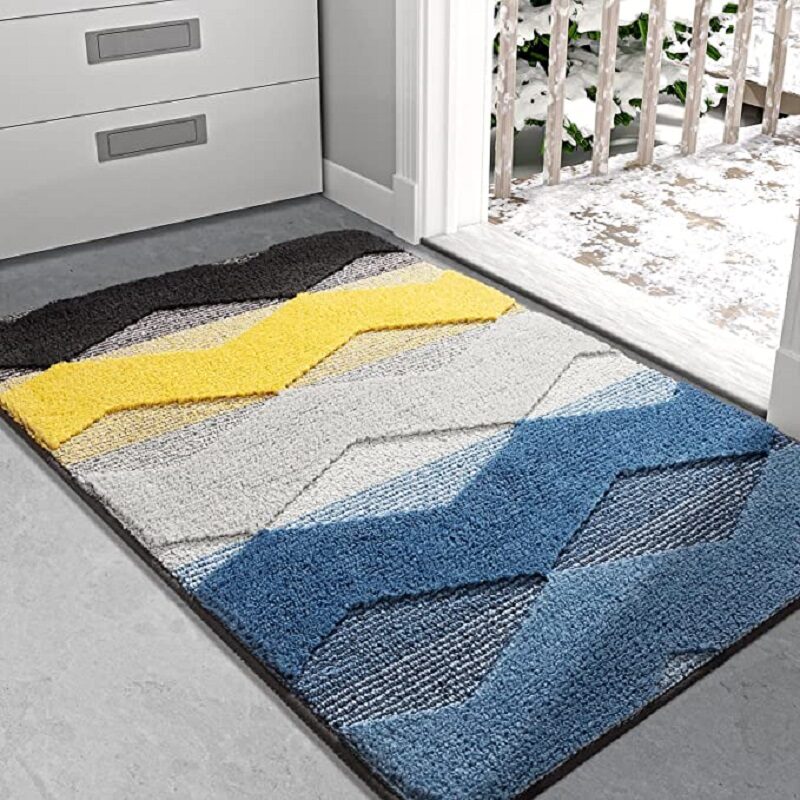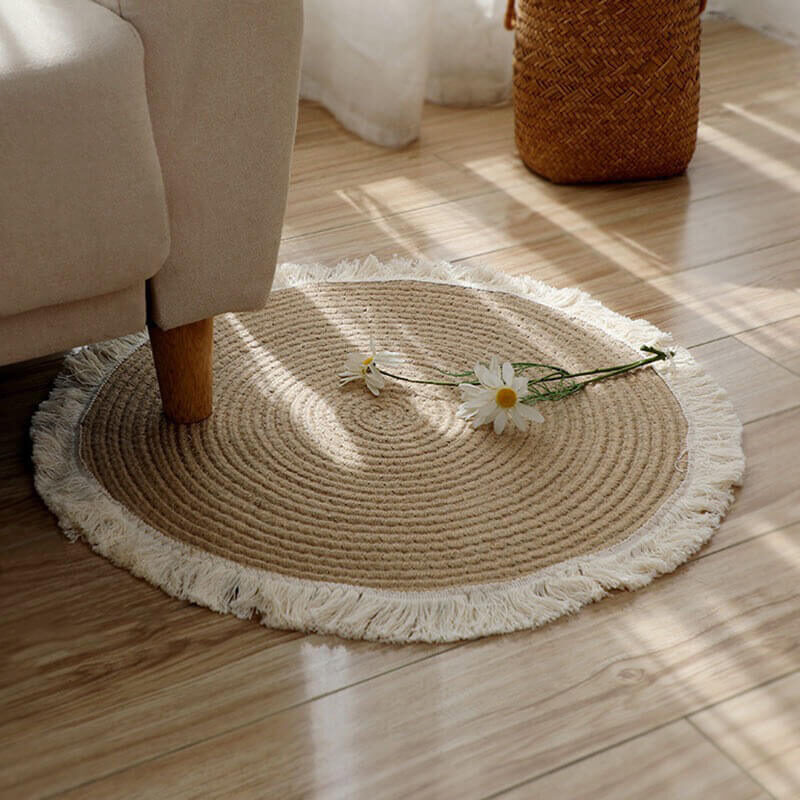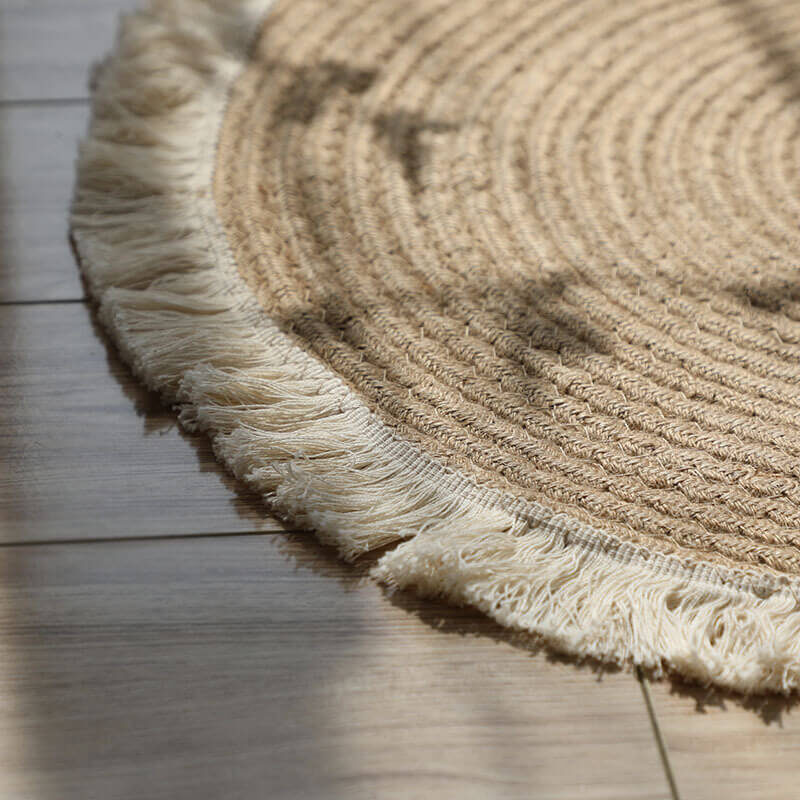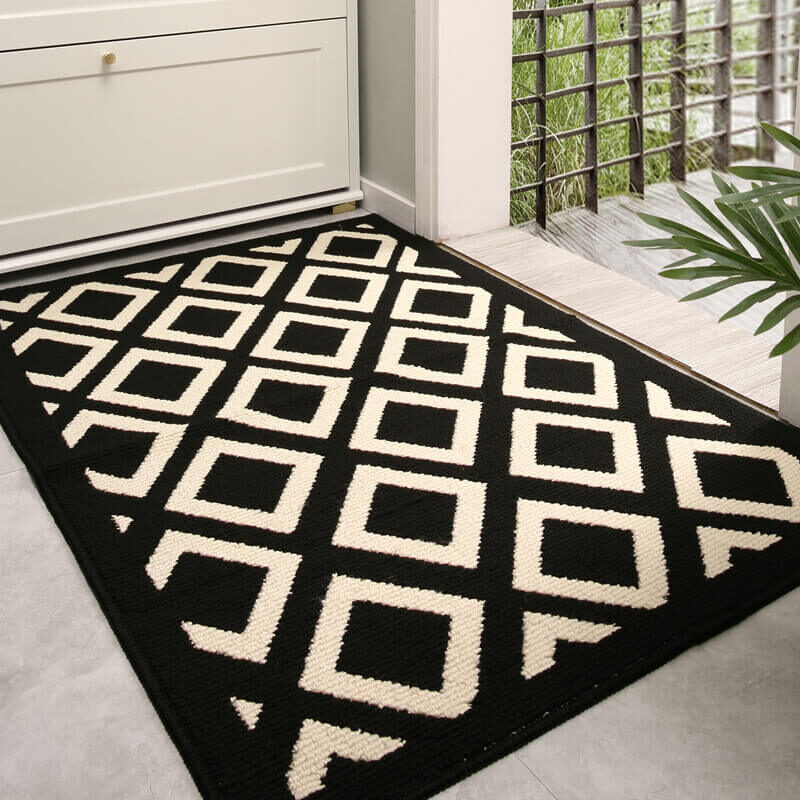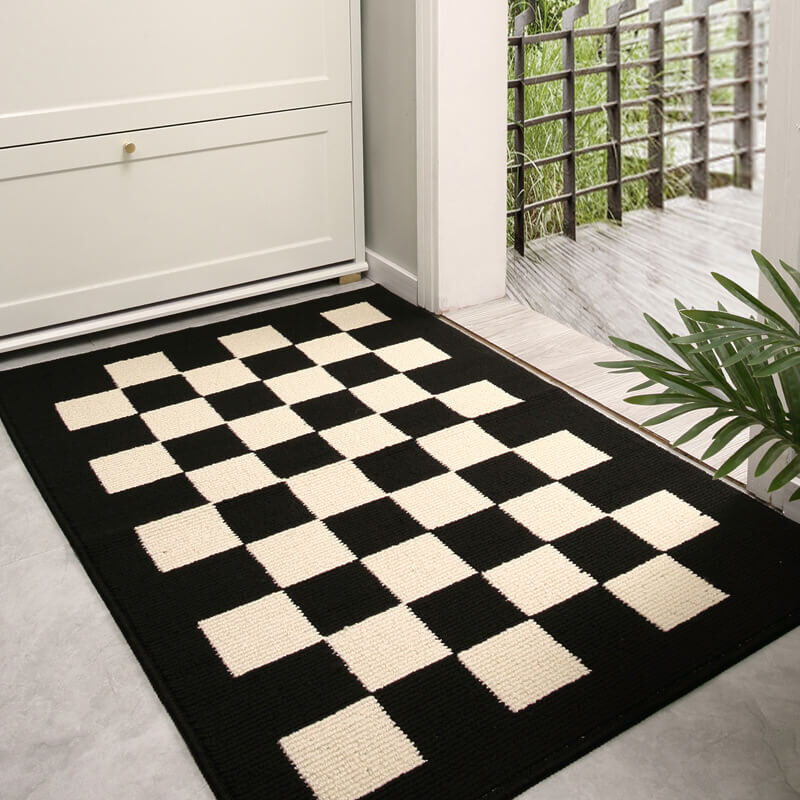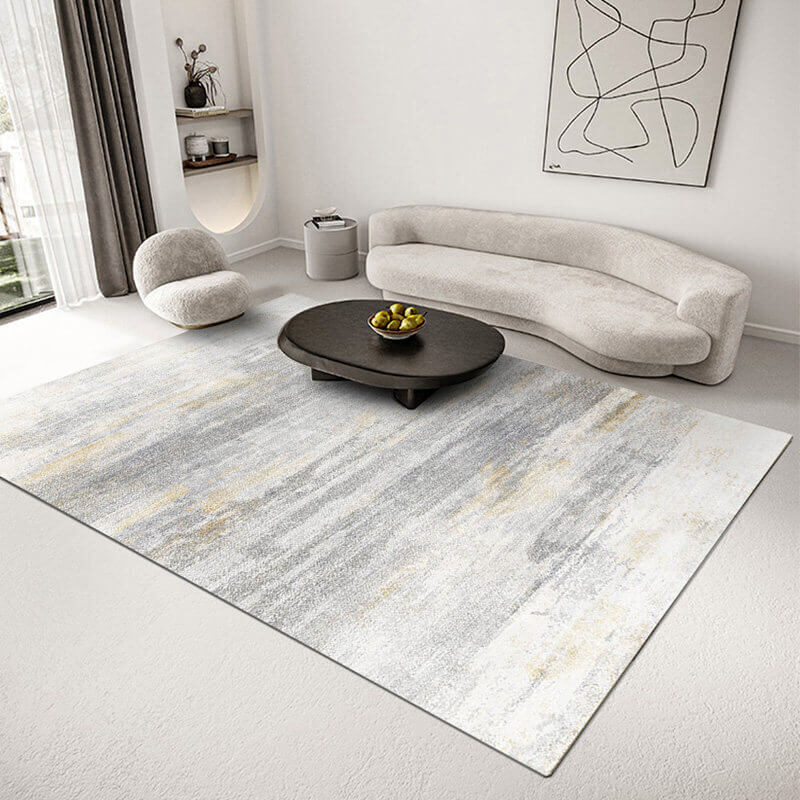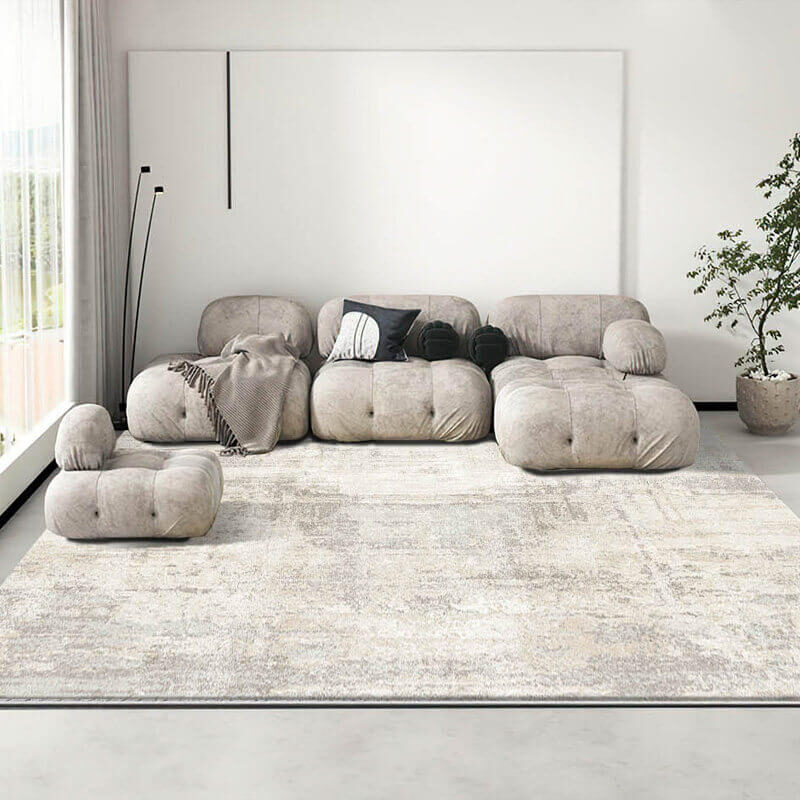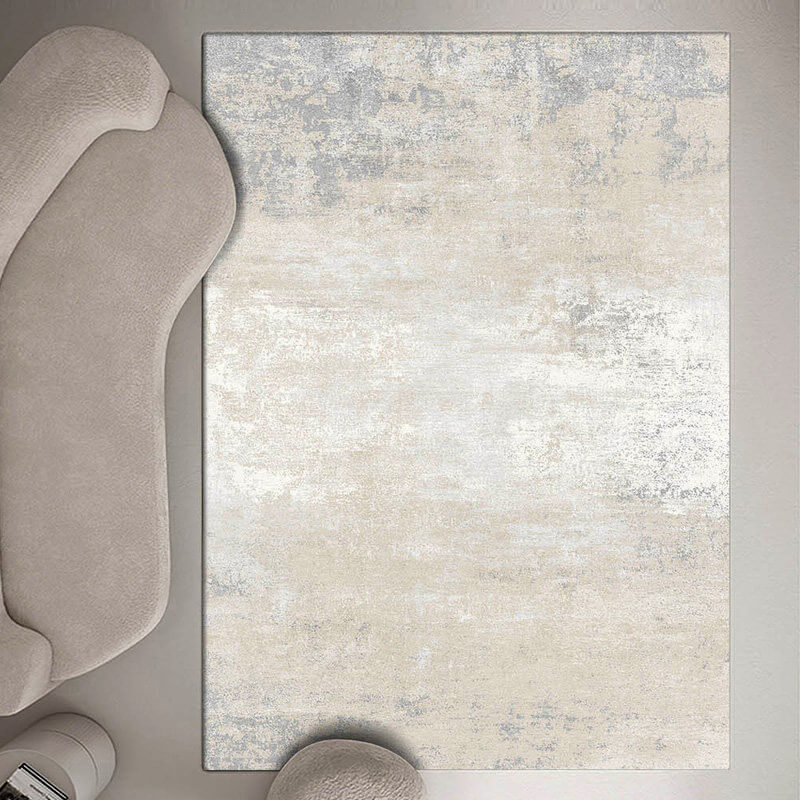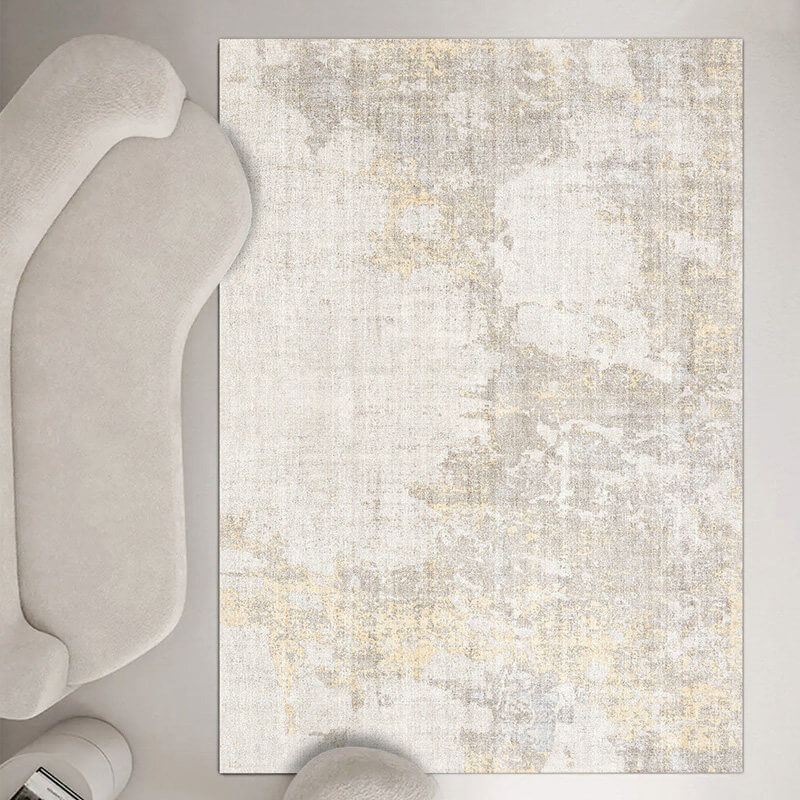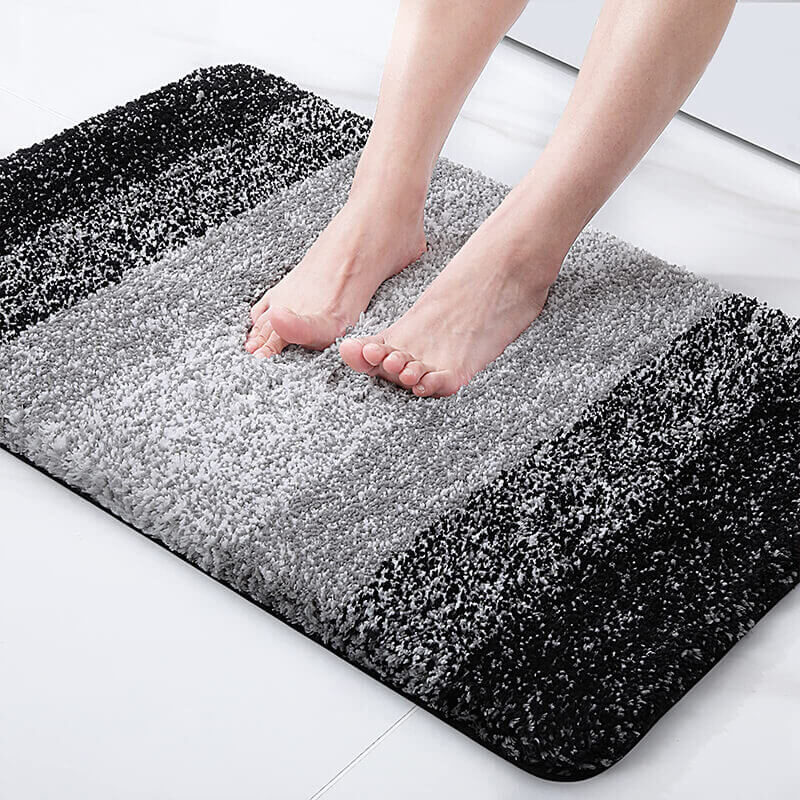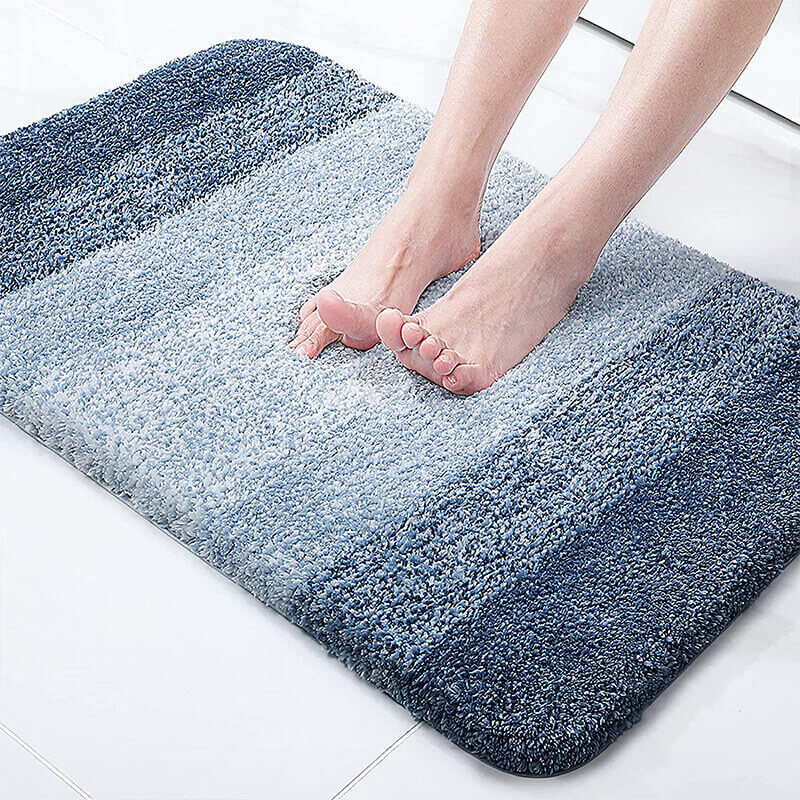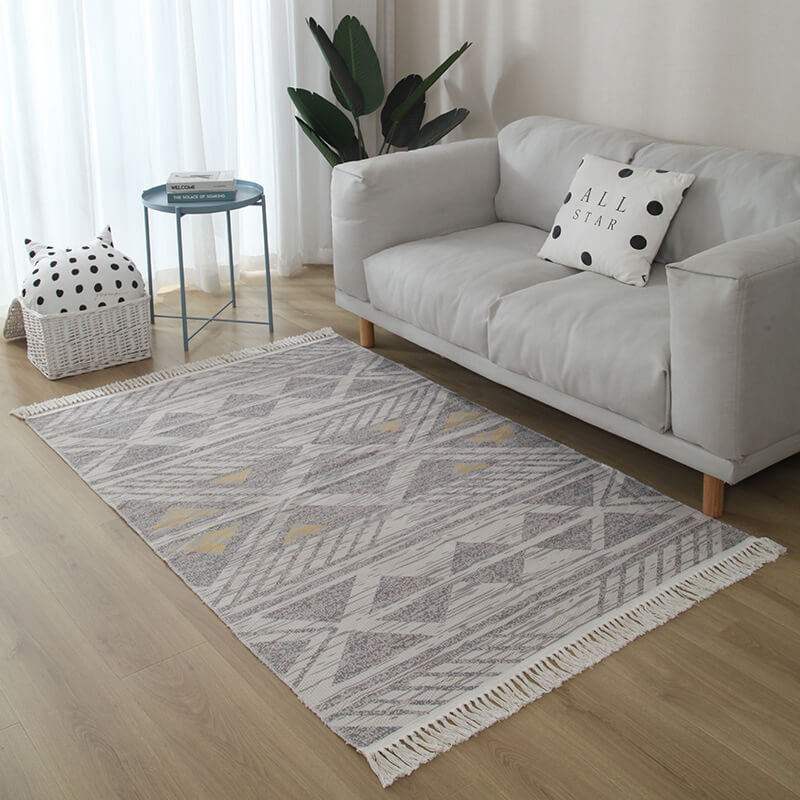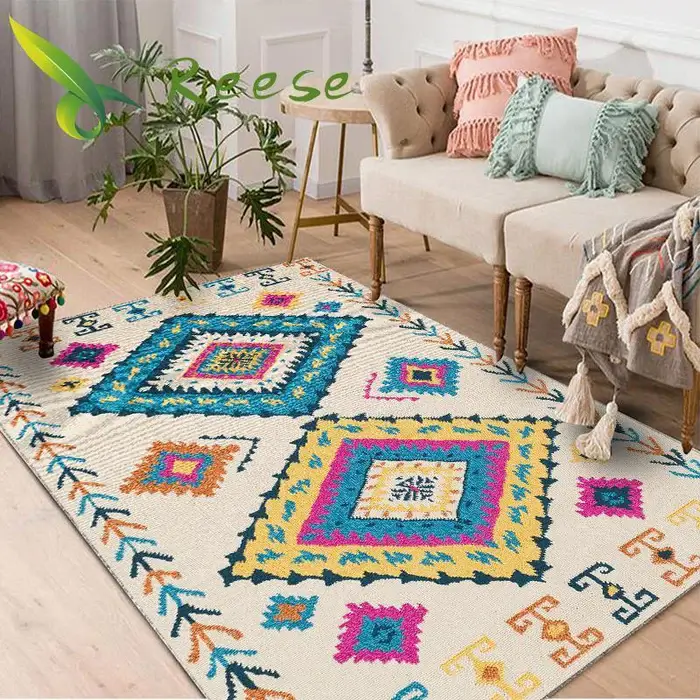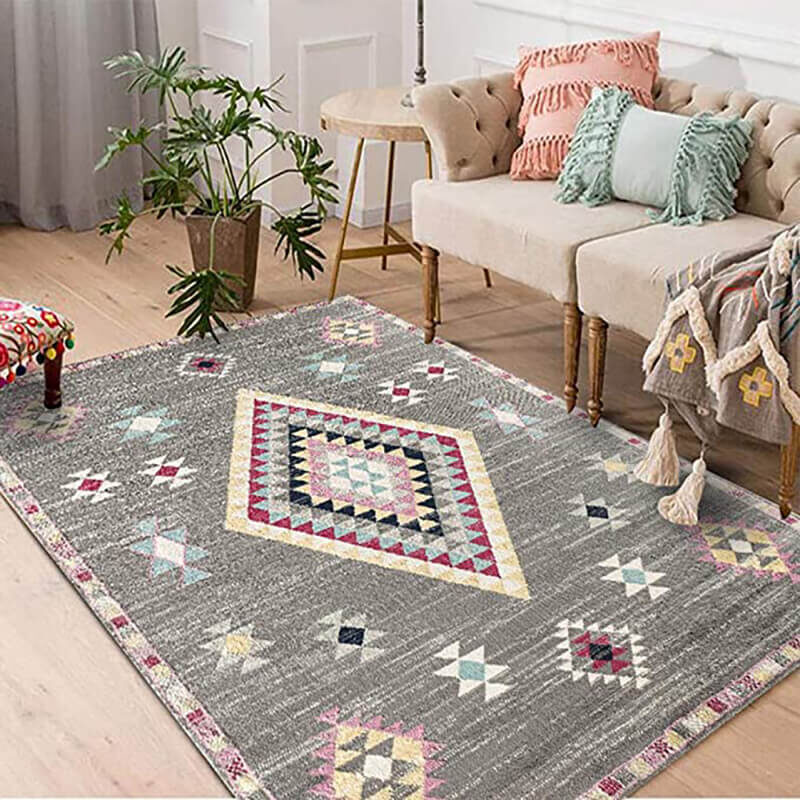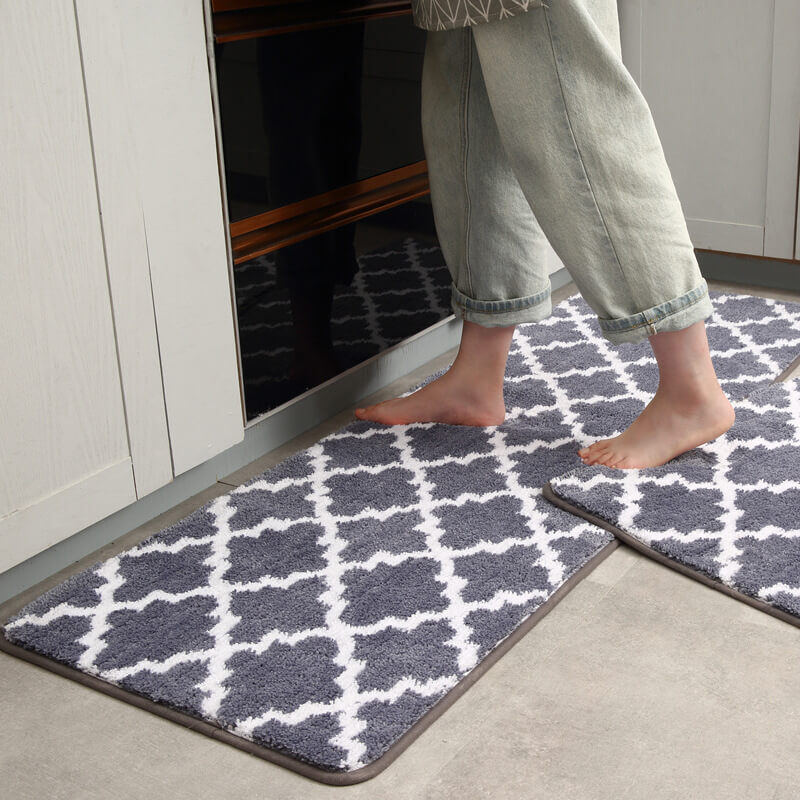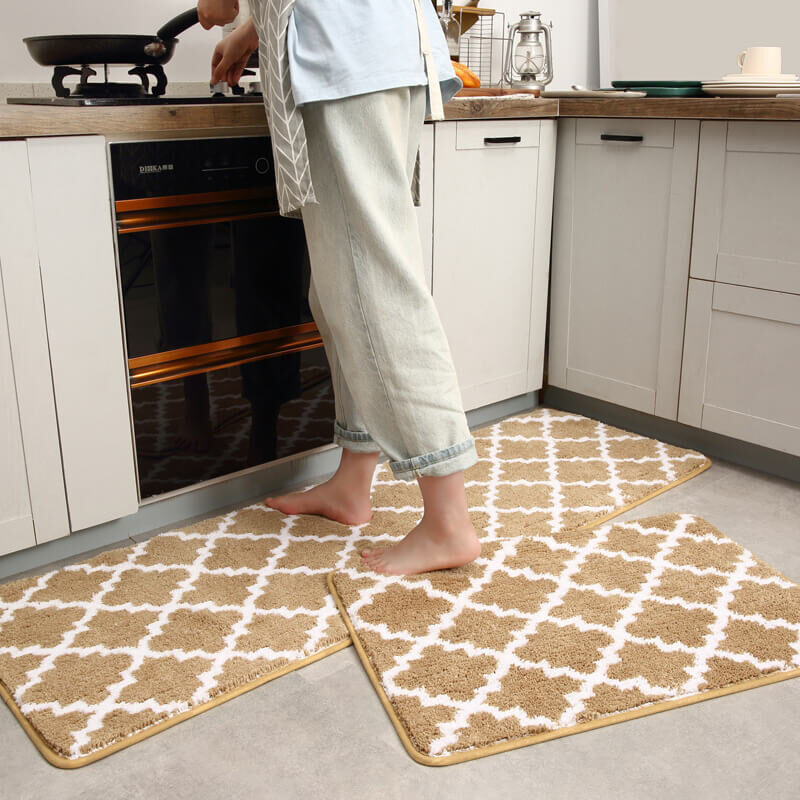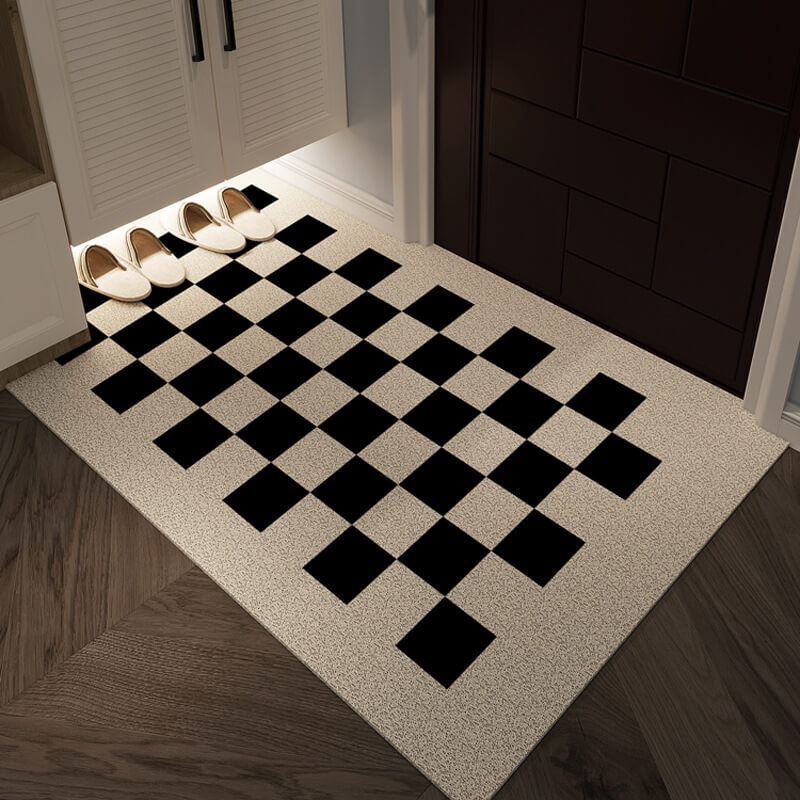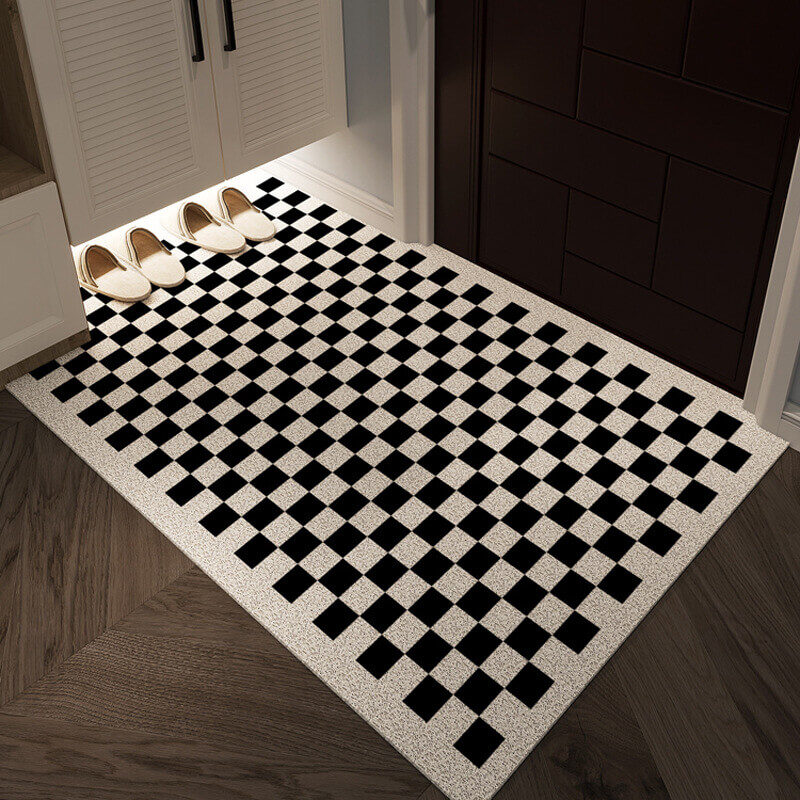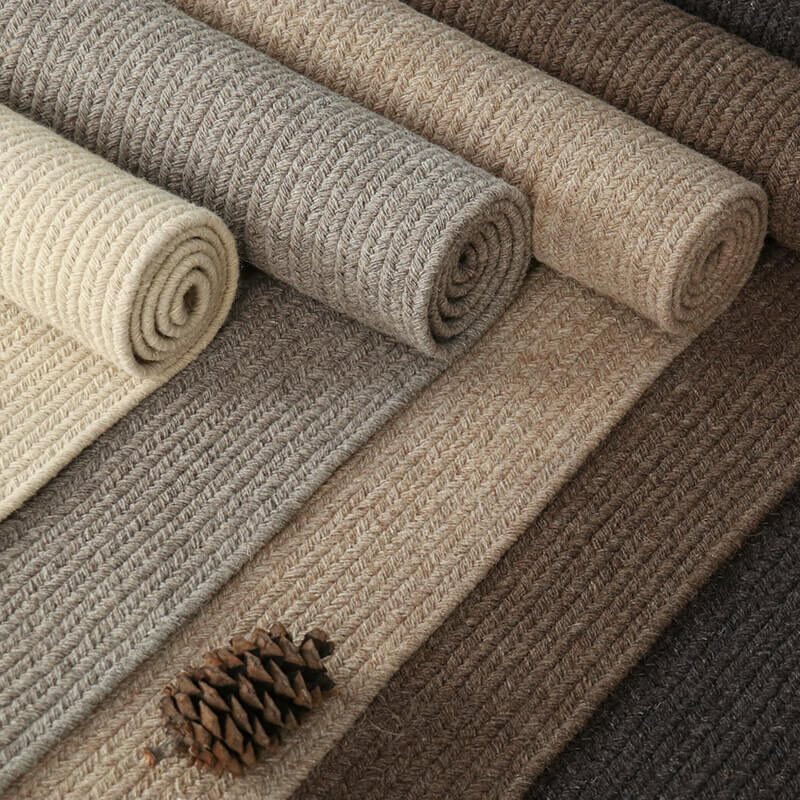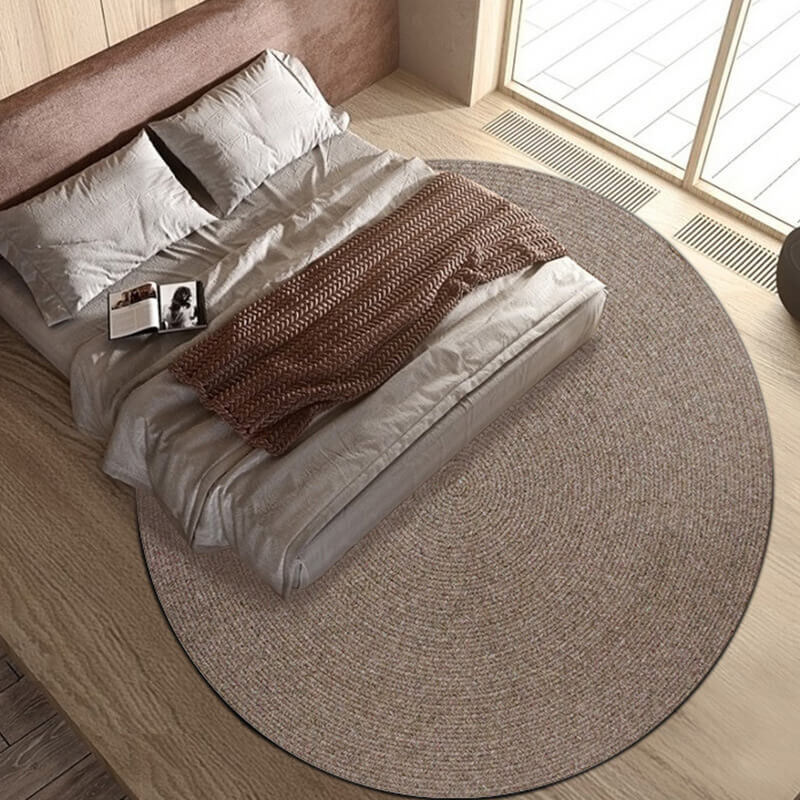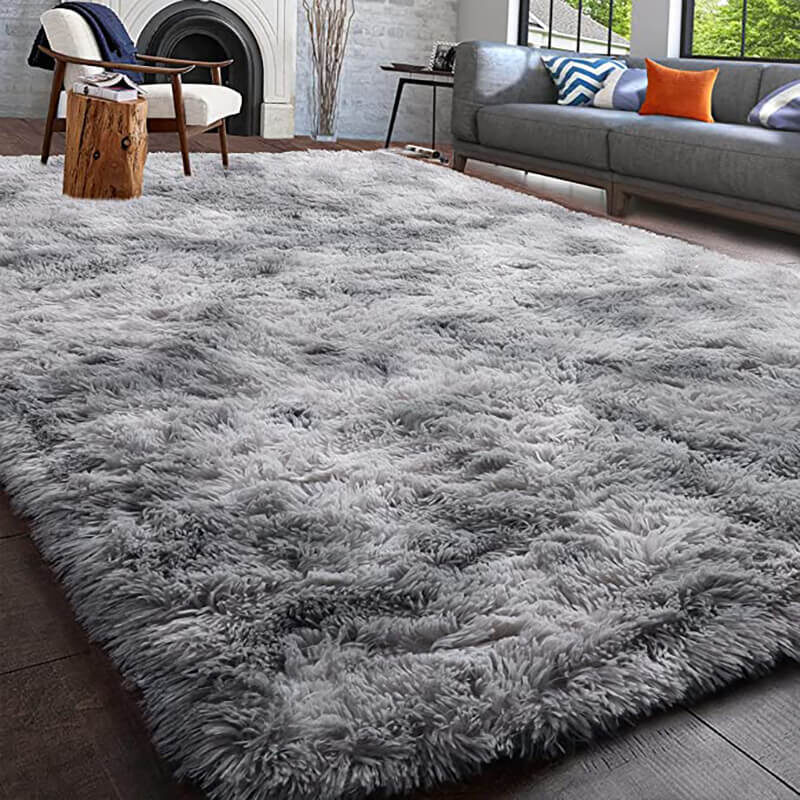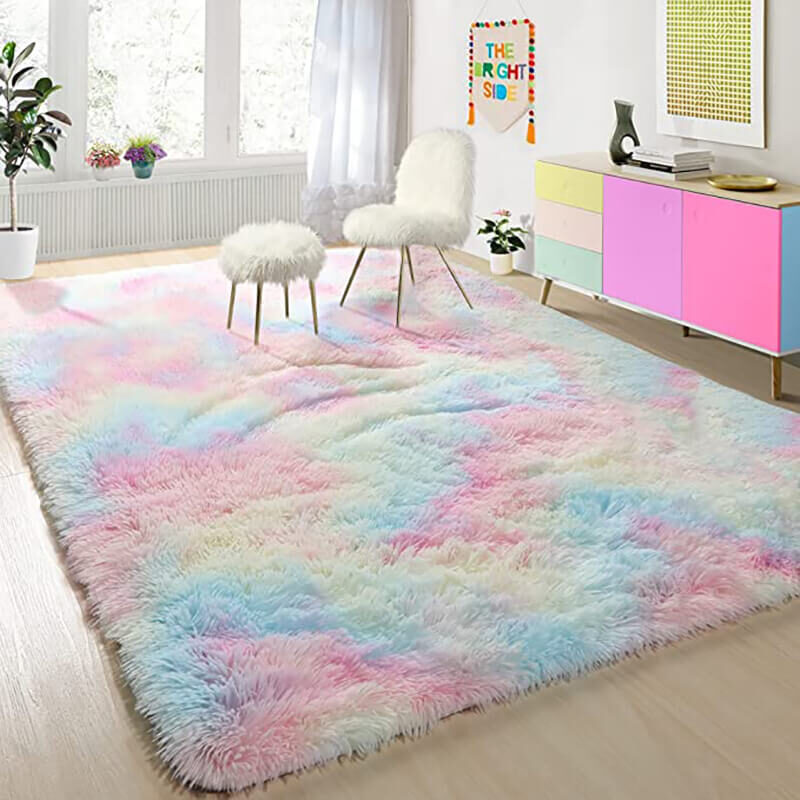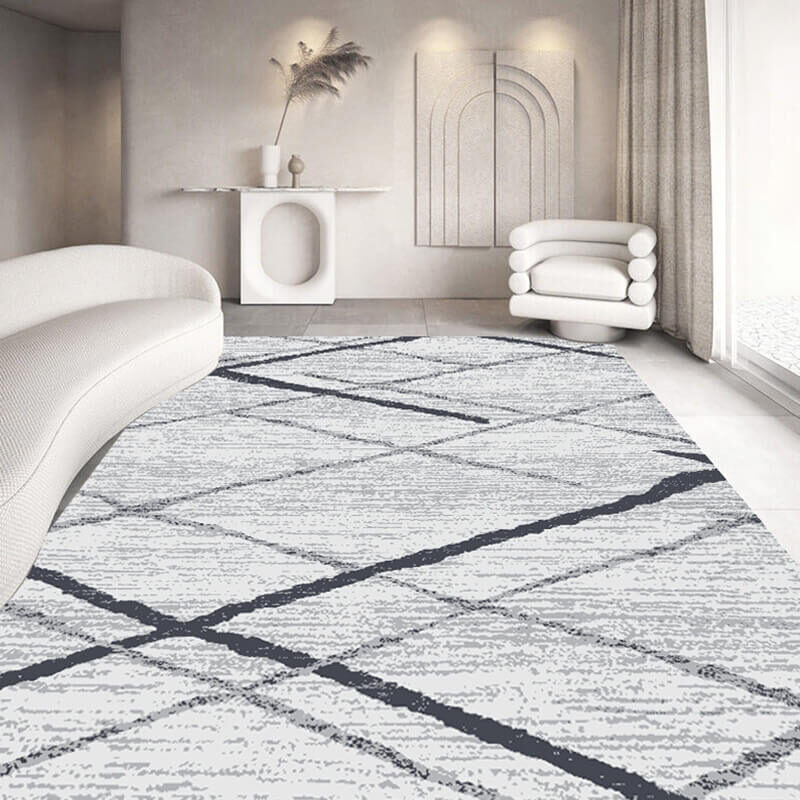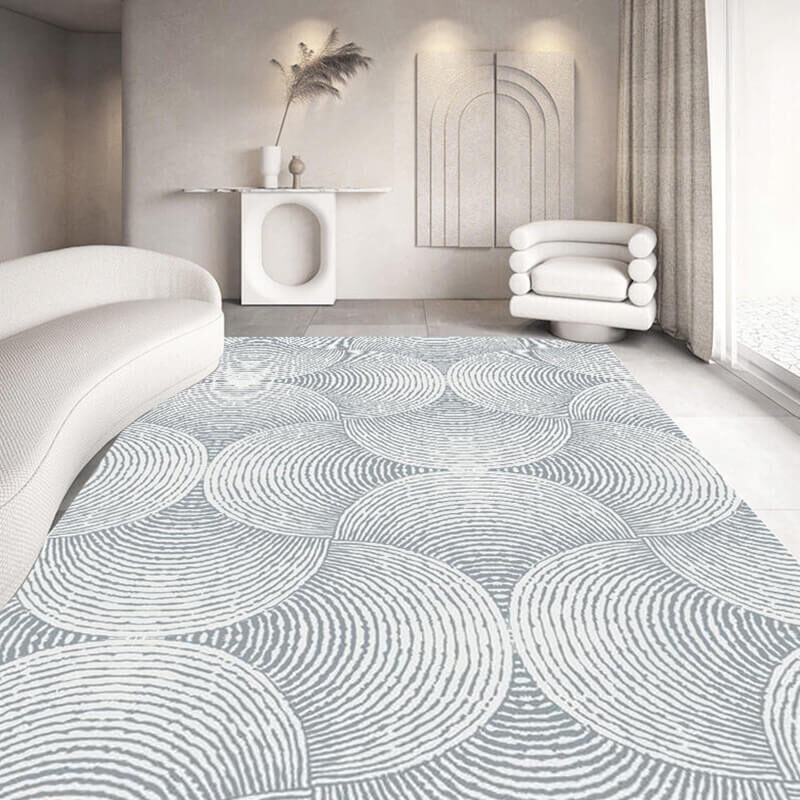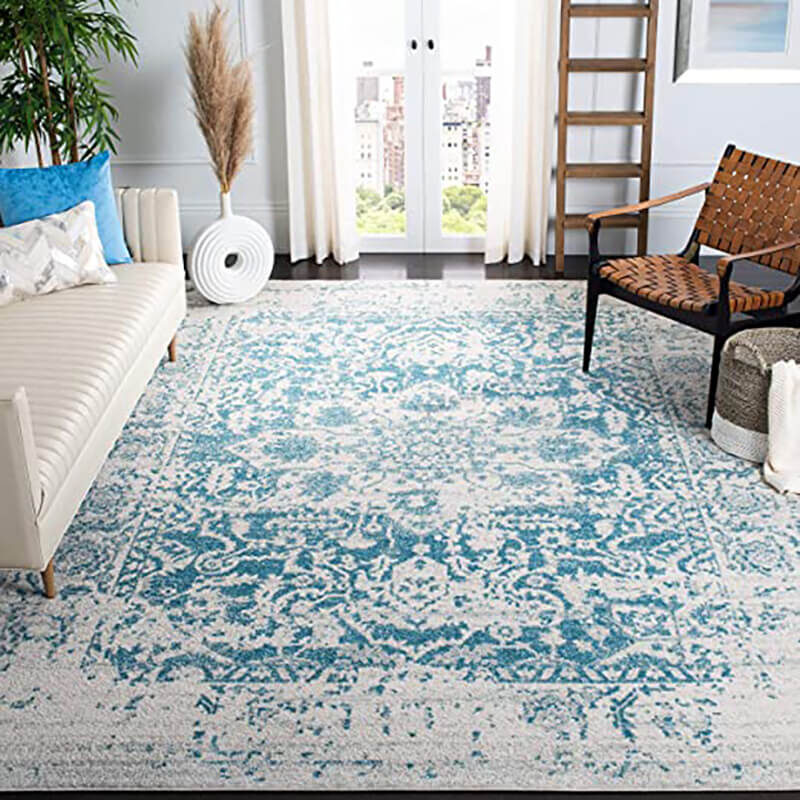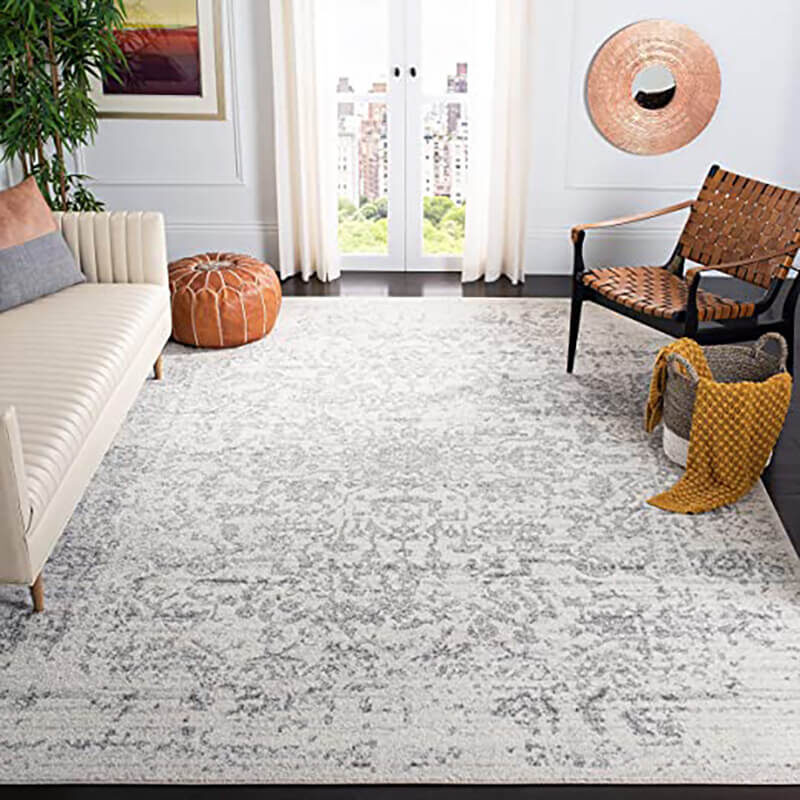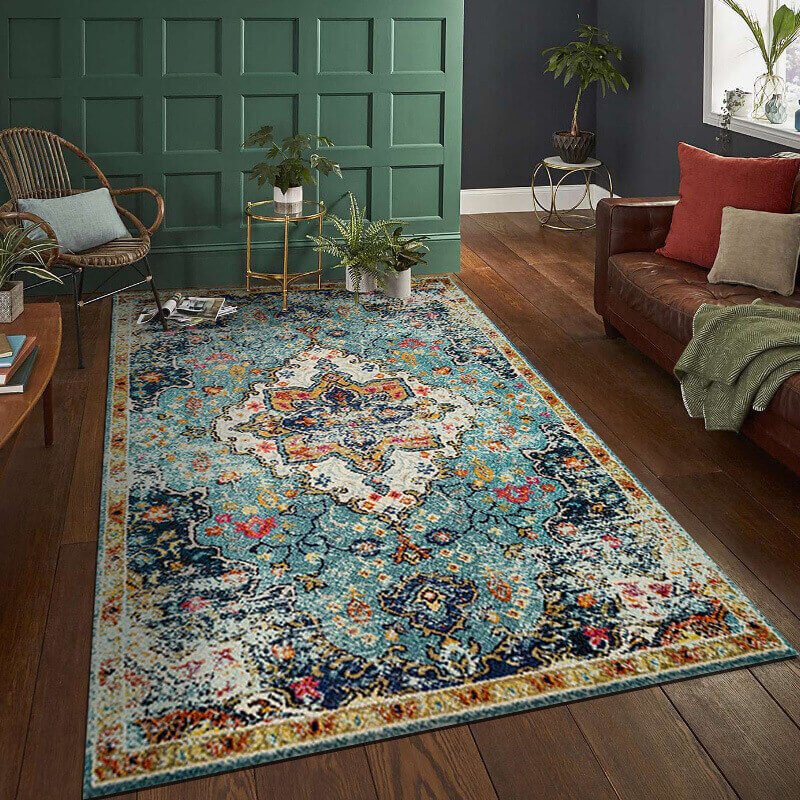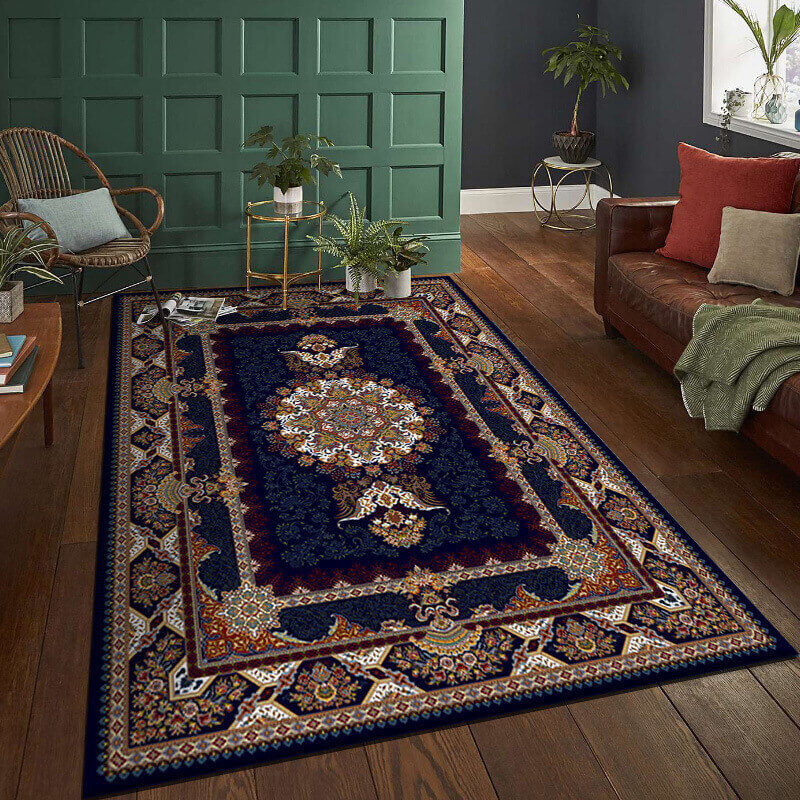
 Select options This product has multiple variants. The options may be chosen on the product pageQuick View
Select options This product has multiple variants. The options may be chosen on the product pageQuick View
 Select options This product has multiple variants. The options may be chosen on the product pageQuick View
Select options This product has multiple variants. The options may be chosen on the product pageQuick View
 Select options This product has multiple variants. The options may be chosen on the product pageQuick View
Select options This product has multiple variants. The options may be chosen on the product pageQuick View
 Select options This product has multiple variants. The options may be chosen on the product pageQuick View
Select options This product has multiple variants. The options may be chosen on the product pageQuick View
 Select options This product has multiple variants. The options may be chosen on the product pageQuick View
Select options This product has multiple variants. The options may be chosen on the product pageQuick View
 Select options This product has multiple variants. The options may be chosen on the product pageQuick View
Select options This product has multiple variants. The options may be chosen on the product pageQuick View
 Select options This product has multiple variants. The options may be chosen on the product pageQuick View
Select options This product has multiple variants. The options may be chosen on the product pageQuick View
 Select options This product has multiple variants. The options may be chosen on the product pageQuick View
Select options This product has multiple variants. The options may be chosen on the product pageQuick View
 Select options This product has multiple variants. The options may be chosen on the product pageQuick View
Select options This product has multiple variants. The options may be chosen on the product pageQuick View
 Select options This product has multiple variants. The options may be chosen on the product pageQuick View
Select options This product has multiple variants. The options may be chosen on the product pageQuick View
 Select options This product has multiple variants. The options may be chosen on the product pageQuick View
Select options This product has multiple variants. The options may be chosen on the product pageQuick View
 Select options This product has multiple variants. The options may be chosen on the product pageQuick View
Select options This product has multiple variants. The options may be chosen on the product pageQuick View
 Select options This product has multiple variants. The options may be chosen on the product pageQuick View
Select options This product has multiple variants. The options may be chosen on the product pageQuick View
 Select options This product has multiple variants. The options may be chosen on the product pageQuick View
Select options This product has multiple variants. The options may be chosen on the product pageQuick View
 Select options This product has multiple variants. The options may be chosen on the product pageQuick View
Select options This product has multiple variants. The options may be chosen on the product pageQuick View
 Select options This product has multiple variants. The options may be chosen on the product pageQuick View
Select options This product has multiple variants. The options may be chosen on the product pageQuick View
 Select options This product has multiple variants. The options may be chosen on the product pageQuick View
Select options This product has multiple variants. The options may be chosen on the product pageQuick View
 Select options This product has multiple variants. The options may be chosen on the product pageQuick View
Select options This product has multiple variants. The options may be chosen on the product pageQuick View
 Select options This product has multiple variants. The options may be chosen on the product pageQuick View
Select options This product has multiple variants. The options may be chosen on the product pageQuick View
 Select options This product has multiple variants. The options may be chosen on the product pageQuick View
Select options This product has multiple variants. The options may be chosen on the product pageQuick View
 Select options This product has multiple variants. The options may be chosen on the product pageQuick View
Select options This product has multiple variants. The options may be chosen on the product pageQuick View
 Select options This product has multiple variants. The options may be chosen on the product pageQuick View
Select options This product has multiple variants. The options may be chosen on the product pageQuick View
 Select options This product has multiple variants. The options may be chosen on the product pageQuick View
Select options This product has multiple variants. The options may be chosen on the product pageQuick View
 Select options This product has multiple variants. The options may be chosen on the product pageQuick View
Select options This product has multiple variants. The options may be chosen on the product pageQuick View
 Select options This product has multiple variants. The options may be chosen on the product pageQuick View
Select options This product has multiple variants. The options may be chosen on the product pageQuick View
 Select options This product has multiple variants. The options may be chosen on the product pageQuick View
Select options This product has multiple variants. The options may be chosen on the product pageQuick View
 Select options This product has multiple variants. The options may be chosen on the product pageQuick View
Select options This product has multiple variants. The options may be chosen on the product pageQuick View
 Select options This product has multiple variants. The options may be chosen on the product pageQuick View
Select options This product has multiple variants. The options may be chosen on the product pageQuick View
 Select options This product has multiple variants. The options may be chosen on the product pageQuick View
Select options This product has multiple variants. The options may be chosen on the product pageQuick View- Out of stock

 Select options This product has multiple variants. The options may be chosen on the product pageQuick View
Select options This product has multiple variants. The options may be chosen on the product pageQuick View 
 Select options This product has multiple variants. The options may be chosen on the product pageQuick View
Select options This product has multiple variants. The options may be chosen on the product pageQuick View
 Select options This product has multiple variants. The options may be chosen on the product pageQuick View
Select options This product has multiple variants. The options may be chosen on the product pageQuick View
 Select options This product has multiple variants. The options may be chosen on the product pageQuick View
Select options This product has multiple variants. The options may be chosen on the product pageQuick View
 Select options This product has multiple variants. The options may be chosen on the product pageQuick View
Select options This product has multiple variants. The options may be chosen on the product pageQuick View
FAQ About Wholesale Rugs
You can follow these general steps to clean your rug:
- Vacuum: You can start by using a vacuum cleaner to remove loose dirt, dust, and debris from your rug. This will make subsequent cleaning easier.
- Spot treatment: If there are any stains on your rug, treat them immediately. Use a cloth or paper towel to absorb as much of the liquid as possible to dry the stain. A simple wipe with rug cleaner will clean the stain afterwards.
- Shampoo or Steam Cleaning: Depending on the material of your rug and its care instructions, you can clean it with shampoo or steam cleaner. Apply shampoo evenly to the rug, then scrub with a brush or sponge, and finally rinse thoroughly with water until there is no sewage.
- Drying: After all cleaning is completed, hang the rug outdoors in a well-ventilated area until the rug is completely dry to prevent mold growth. It is best to avoid direct sunlight, otherwise rugs of different materials may fade or change color.
- Brushing and fluffing: After the rug is dry, use a soft brush to gently brush the rug surface to fluff the rug fibers and restore their original texture.
NOTE: Always check the care instructions provided by the rug manufacturer before trying the cleaning methods listed above.
Choosing the right rug size for your bed is important in enhancing the overall aesthetics of the room. Here are some suggestions for rug placement and size:
- Under the Bed: For a king size bed, a rug that measures approximately 9'x12' or larger is the choice for the vast majority of people. This size ensures that the rug extends wider on either side of the bed, providing a soft landing space for your feet.
- Bedside rugs: Another popular method is to use smaller rugs only on either side of the bed. Common dimensions for bedside rugs are approximately 2'x3' or 3'x5'. Specific dimensions should refer to the width of the bed.
- Room coverage: In order to coordinate the overall style of the bedroom, some people will choose to have rugs cover the entire room. If you want to do the same, measure the room and choose a rug large enough to accommodate the entire bed and additional furniture.
When choosing a rug size, you need to consider not only the size of your bed, but also the size of your bedroom, and the placement of other furniture to ensure the overall style and aesthetic you want to achieve.
Here are some factors to consider when choosing a rug size to help you determine the right size:
- Under the Bed: For a queen-size bed, a rug measuring approximately 8'x10' or larger is usually appropriate. This allows the rug to provide a soft and comfortable stepping area when getting up.
- Bedside rugs: Common sizes for bedside rugs are approximately 2'x3' or 3'x5'. Take care to make sure that the width of the rug exceeds the width of the bed so there is enough room to get in and out comfortably.
- Room Coverage: If you prefer ruging throughout your house. Choose a rug that can accommodate the entire bed as well as other furniture such as nightstands and benches. Rugs that are 9'x12' or larger are usually suitable for spacious bedrooms.
Before making a decision, consider measuring the dimensions of your bedroom space, which will help you choose the right rug size more quickly.
For ease of transportation, rugs wholesalers usually fold or roll the rugs and pack them up for delivery to your home. And you will always meet the situation that the rug can not be restored to its original state immediately after receiving it. Here are some quick ways to get your rug back to a flat surface:
- Reverse Roll: You can roll the rug tightly in the opposite direction of its natural curl or crease. Secure the rolled rug with a heavy object, such as a book or piece of furniture, and allow it to sit for a few days to help counteract the curling of the rug and encourage it to lie flat.
- Increase pressure: If the rug has creases or wrinkles, you can place heavy objects on such areas to help smooth them out. The specific time will depend on the depth of the creases. Remember to check your rug regularly to make sure it hasn't been damaged by stress or time.
- Steam or iron: Before using this method, find out whether your rug can withstand the heat of steam. If there are no problems, you can steam the wrinkled areas, moving in the direction of the pile of rug. Always be careful to avoid damaging the rug fibers by applying too much heat.
- rug clamps or tape: If the edges of your rug tend to shift or curl, you can use rug clamps or tape designed specifically for rugs. These products can help secure the corners and edges of your rug, keeping it in place and preventing curling.
- Professional Cleaning: Professional cleaners usually have specialized equipment and techniques to restore rugs to their original shape. Having your rug professionally cleaned by a rug cleaning service can help smooth out any irregularities.
Depending on the material and construction of your rug, some methods may not be suitable or even cause damage. Please check the manufacturer's instructions for specific recommendations on flattening your specific rug before working on it.
You may want to be more careful when choosing a rug for your living room. The following suggestions can help you determine the right rug size for your living room:
- Small Living Room: If you have a small living room, you will want to consider a smaller rug size, such as 5'x8' or 6'x9'. This size can be placed in the center of a seating area, creating a sense of cohesion and comfort by anchoring the furniture to the rug.
- Medium-sized living room:You can choose a larger rug to cover most of the room. Common sizes range from approximately 8'x10' to 9'x12'. Using this size, you can place an entire furniture set on the rug. This helps separate the active and quiet areas.
- Large living room: In a spacious living room, you have more options for rugsizes. You can choose a 10'x14' or larger rug to accommodate a larger seating area as well as furniture. You can also use multiple rugs of different sizes to divide different areas of the room while maintaining cohesion.
Before choosing a specific size for your rug, consider the overall layout and dimensions of your living room as well as the placement of your furniture.

